National Cycle Route 1
The River Dee, Scottish Borders
Ride overview
Britain’s paved roads, which if connected end to end, would reach the moon. Over a third of these roads are ‘unclassified’ rural roads. The National Cycle Route 1, the longest signed route in the UK, uses a good selection of them. The route up the eastern seaboard of the UK to Inverness, is a different beast to the better known western route of Land’s End to John O’ Groats, and outguns it for sights, sounds and spectacle. There are little bays, fishing ports big and small, great castles, many cathedrals, UNESCO World Heritage sites, and spectacular former industrial towns. The rugged northern fells contrast beautifully with the softer undulating hills of the agricultural south. In this length-of-the-UK ride, (if you include the extension to the Shetland Isles), you’ll ride over nearly every significant geological layer in the UK from gritstone to chalk, from sand to granite.
During the first stage of the route from Dover to Canterbury 100km further on, you will ride along part of England’s southern coast, past five castles, a Roman port and fort, orchards full of apples, and cycle alongside a chalk river, one of the world’s rarest habitats. There’ll be tiny lanes, the rolling downs, the sea, pebble beaches, some delectable villages, a church in which you can sleep. There will be sections of off-road bridleways, some cycle lanes through Canterbury and many miles of almost traffic-free single track lanes. And that is just the first 100km of this 2000+km ride.
From Canterbury the route mixes quiet, unclassified and gravelly lanes, to the former Royal Naval dockyards at Chatham, where ships were built and serviced. You ride past the second oldest cathedral in England, before joining the river Thames on a totally traffic-free ride into London. The traffic-free theme continues all the way through London, and then as the route heads towards East Anglia, the countryside becomes agricultural and gently rolling to Colchester, once the capital of England. After more gentle undulations set under a huge sky, you ride into Norwich with its cluster of medieval streets and cathedral which has been listed as one of the world’s most beautiful. The route follows the Norfolk coast before entering the watery world of the Fens.
The sky is huge, the way totally flat, the fields covered in roses, cabbages and potatoes. You ride on one of the longest traffic-free stretches in the UK to Lincoln, whose cathedral was once the tallest building in the world. As you continue northwards, the route bounces over the chalk hills of the Yorkshire Wolds, made famous by David Hockney and onto the North East Coast, one of the hidden gems of England. Past old coal mines and new potash mines whose tunnels stretch for miles underneath the North Sea, the route passes through old coal mining areas now re-born as nature reserves. There are proud former industrial cities whose architecture speaks of success and commerce. The riding sticks to former railways lines, unclassified lanes and segregated cycleway before joining the joyous Coast and Castles route along the Northumberland Coast. Here there are great dunes, horizon-stretching beaches and Lindisfarne, the island hermitage.
Across the moors and hills of Southern Scotland to Edinburgh, where you might take a day off the bike to enjoy the castle and ancient streets. Re-mounting you follow the eastern coast through the pantiled houses of The Kingdom of Fife and up into Dundee, the capital of video games and digital art, and onto Aberdeen, the Granite City. Continuing along the Moray coast, there are seals, dolphins and abandoned oil rigs to see in the sea. The air is breezy, it’s chillier up here, and the countryside is more rugged for you are now entering the far north. There are any number of castles and palaces along the route to stop off and explore. Tea shops abound, Scottish scones and raspberry jam are an obligatory experience.
The final section closely follows the Morayshire coast, where seals languidly relax on beaches and dolphins arc out of the water in the bays. There are whisky distilleries to visit (and taste), more castles and stately piles, and Culloden, the battlefield on which 40 minutes of bloodshed changed the course of British history. Route 1 officially ends in the small town of Tain, 60km the other-side of Inverness. However, Inverness the food capital of Scotland, would make an ideal end to this nearly end-to-end trip of Britain’s beguiling east coast.
Route 1 used to go all the way up to Shetland but Sustrans, the organisation who oversee the National Cycling Network have cut the most northerly section from their curation. However, the ride to the northernmost part of the UK is a special one and is both spectacular and achievable. We cannot recommend the next section more highly. Click here to continue north.
Ride practicalities
The route is well signed throughout as NCN 1
START/FINISH: Dover/Tain
DISTANCE: 2078km TOTAL ASCENT:15,435m
TERRAIN AND SURFACES: quiet country lanes, cycle lanes, former railway tracks, bridelways and by-ways. The roads of England, lack the smoothness of continental roads. For Europeans used to riding smooth and wide cycle lanes, you will find the UK experience very different. Our cycle tracks, particularly out of towns and cities can be quite rough, lacking in tarmac, with plenty of loose gravel, even mud. It is a different sort of cycling, a rougher and slower version but no less enjoyable once you adjust your expectations. Think gravel bike rather than smooth-tyred road bike. The whole route is very rideable on any bike with more than 28mm tyre. Any touring bike is ideal for this route. Gravel bikes are good, MTBs over the top, road bikes with skinny tyres are not ideal.
HOW TO FOLLOW THE ROUTE USING THE WEBSITE?
The whole route has been split into twenty sections of approximately 100km each. Of course, you can decide to increase or decrease the length of each day according to your needs and abilities. Each stage has a free-to-download map which you can upload directly onto your navigation device. Each stage has a detailed explanation of what you are likely to see.
RECOMMENDED CAFÈS/PUBS/ACCOMMODATION: There are lists of recommended cafés, pubs, campsites and hotels for many of the stages. These are places which have been tried and tested and pass the Where My Wheels Go exacting criteria for quality and price. The list is not exhaustive leaving you free to find your own gems. Should you find a really good independent café, BandB, campsite or whatever, feel free to add it to the ‘Ride Review’ section at the foot of each stage’s page. A popular choice of accommodation for cycle tourists in the UK are the Premier Inns. They are well-priced, found in many of the major towns and allow the bike to be taken into your bedroom.
NEARBY MAINLINE TRAIN SERVICES: The route is well served with train lines. However in the UK, reservations are required for cycles on all intercity routes. Trains are expensive in the UK, but booking as far ahead as you possibly can brings the price down considerably. If you are in the UK, a trip to a station to book you and the bike onto a future train by speaking to a ticket seller is by far the best way to guarantee a good price and a reservation for your bike
PLACES TO VISIT: Each stage highlights the most significant places to visit along the route. There are UNESCO Heritage sites, 12 cathedrals, countless castles and museums, as well as grand stately homes, gardens and National Parks to enjoy along the way
LINKS TO OTHER ROUTES: The North Sea Cycle Route follows the NCN 1 for its whole length through England and up to Tain in Scotland. This route continues from Tain all the way to the most northern part of the UK. It is a superb route. The East Coast Cycle Route, sticks much more than either the NCN 1 or the NSCR. It is a true sea-side ride. The start and finish points are exactly the same, but it differs in that it actually follows the North Sea coastline, as opposed to the many dives inland which both the more famous routes do.
REVIEW AND COMMENT ON THE RIDE: If you have ridden a stage, please review and comment in the section at the foot of each page. It is so useful for other cyclists who follow in your tyre tracks. Alternatively email me using the link on the website.
Every route on this website has been carefully researched as well as ridden. However situations on the ground can change quickly. If you know of changes to this route, or cafes, pubs and the like which you think other cyclists need to know about, feel free to share your thoughts below.
If you enjoyed this guide, why not subscribe to the website so as not to miss other inspirational routes?
wheremywheelsgo.uk is a Feedspot UK Cycling top website

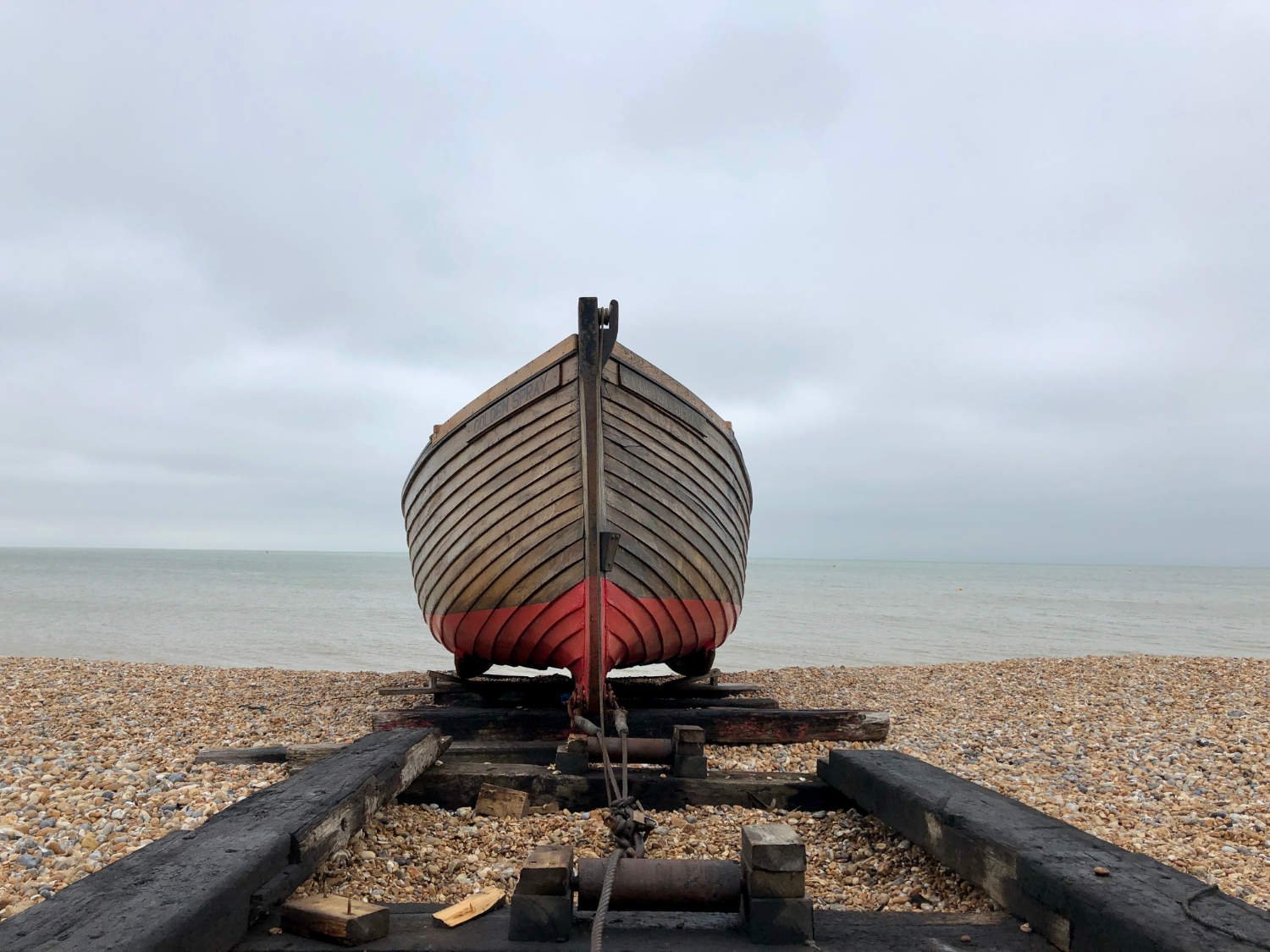
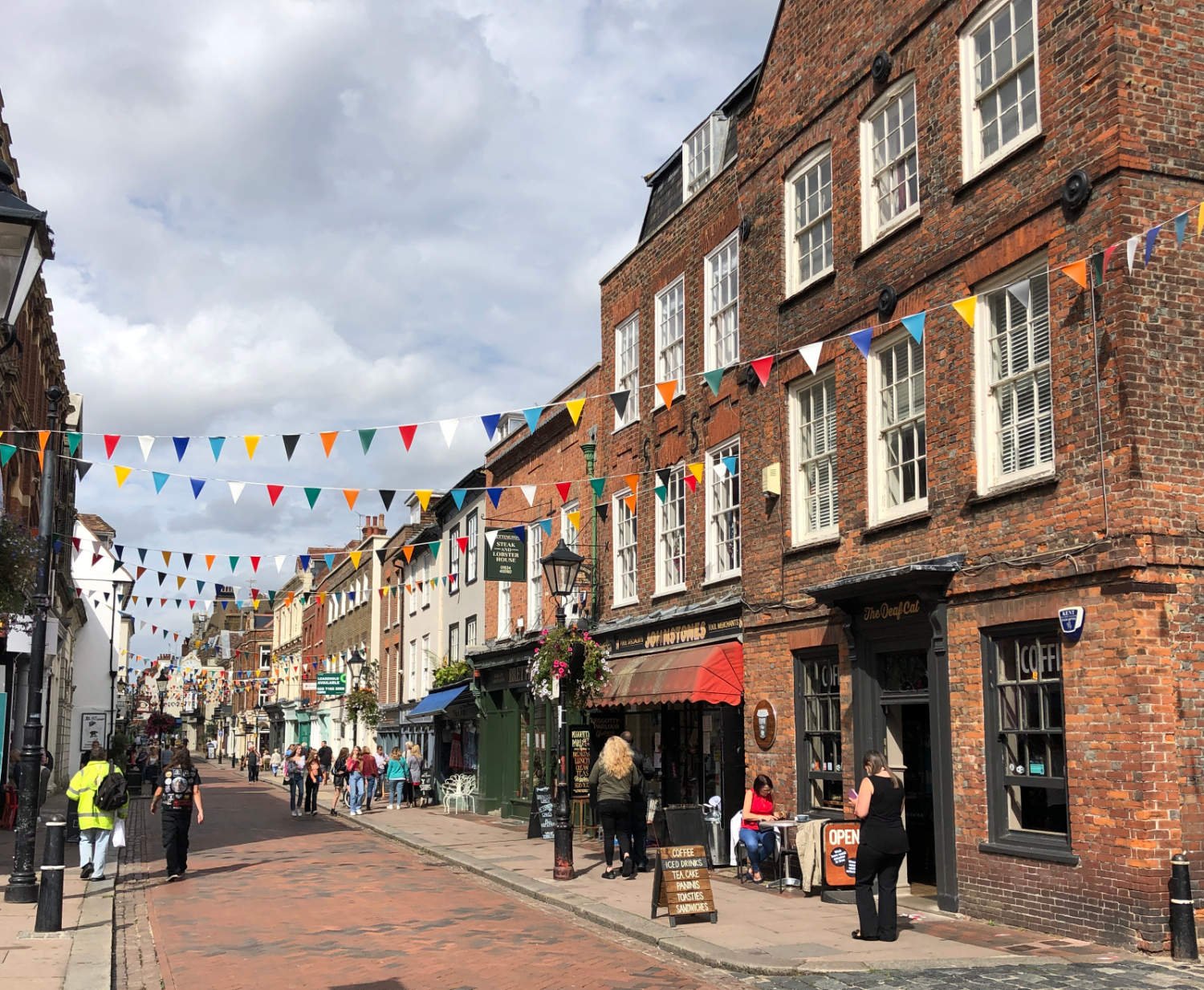
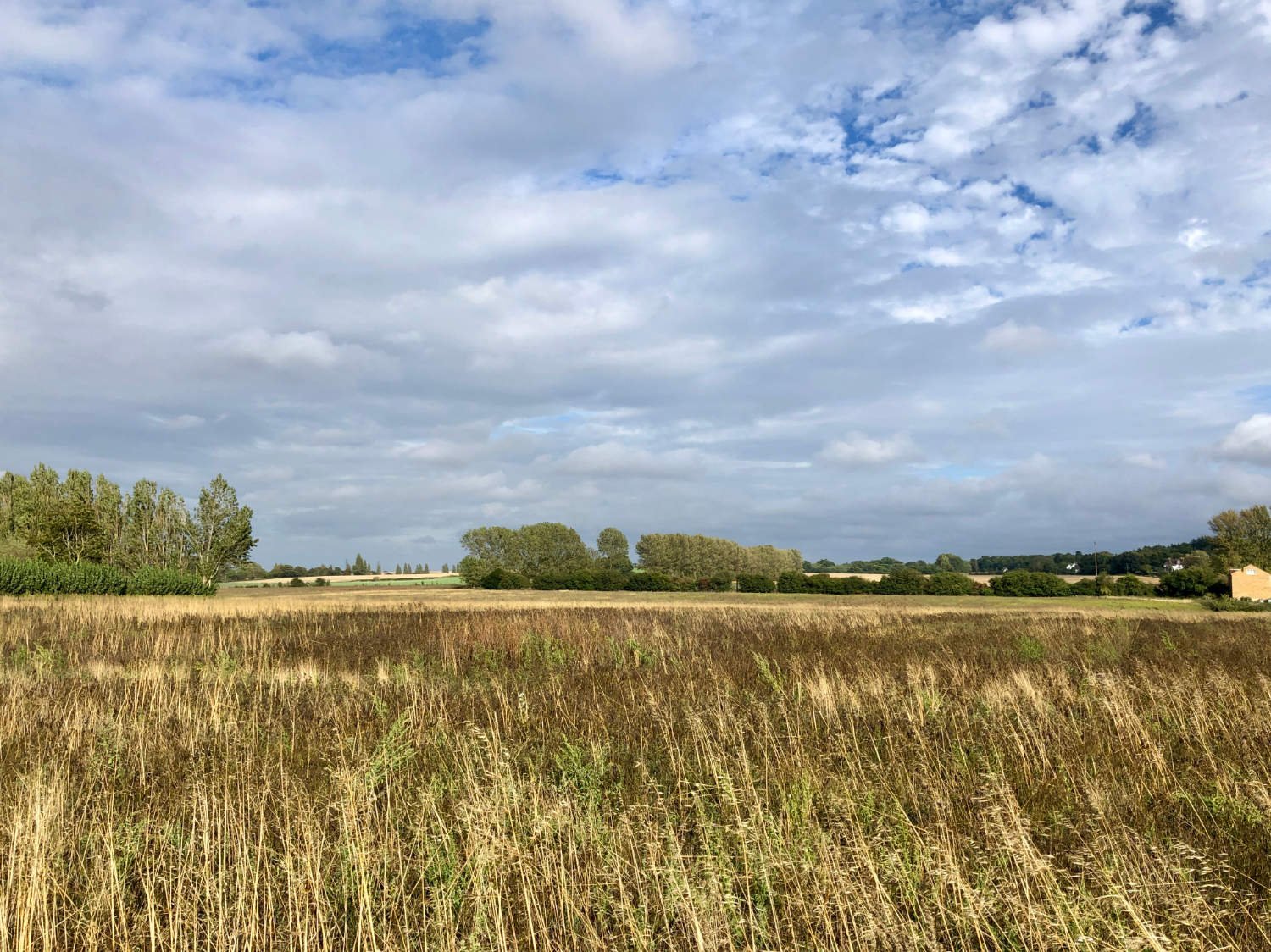

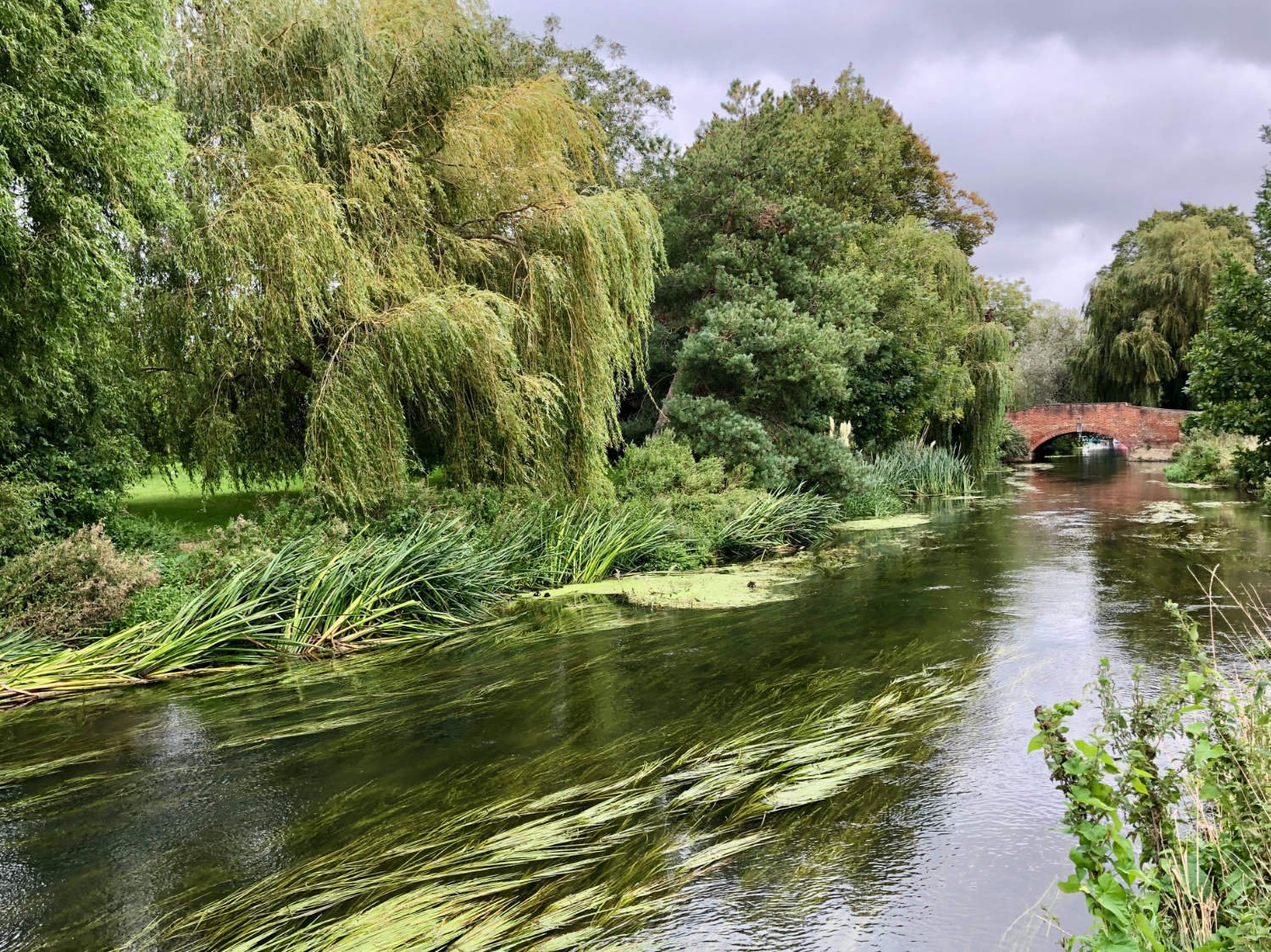

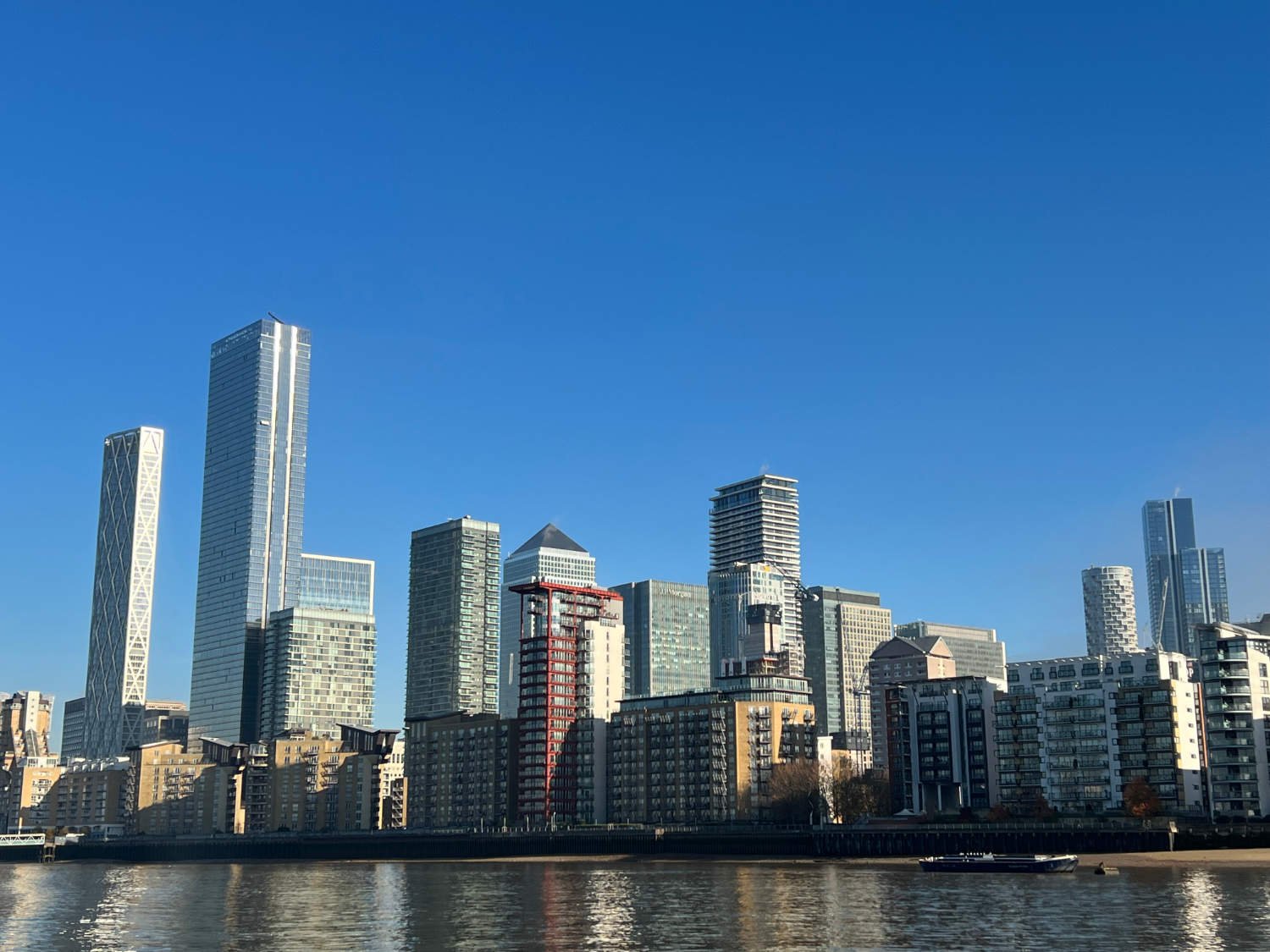
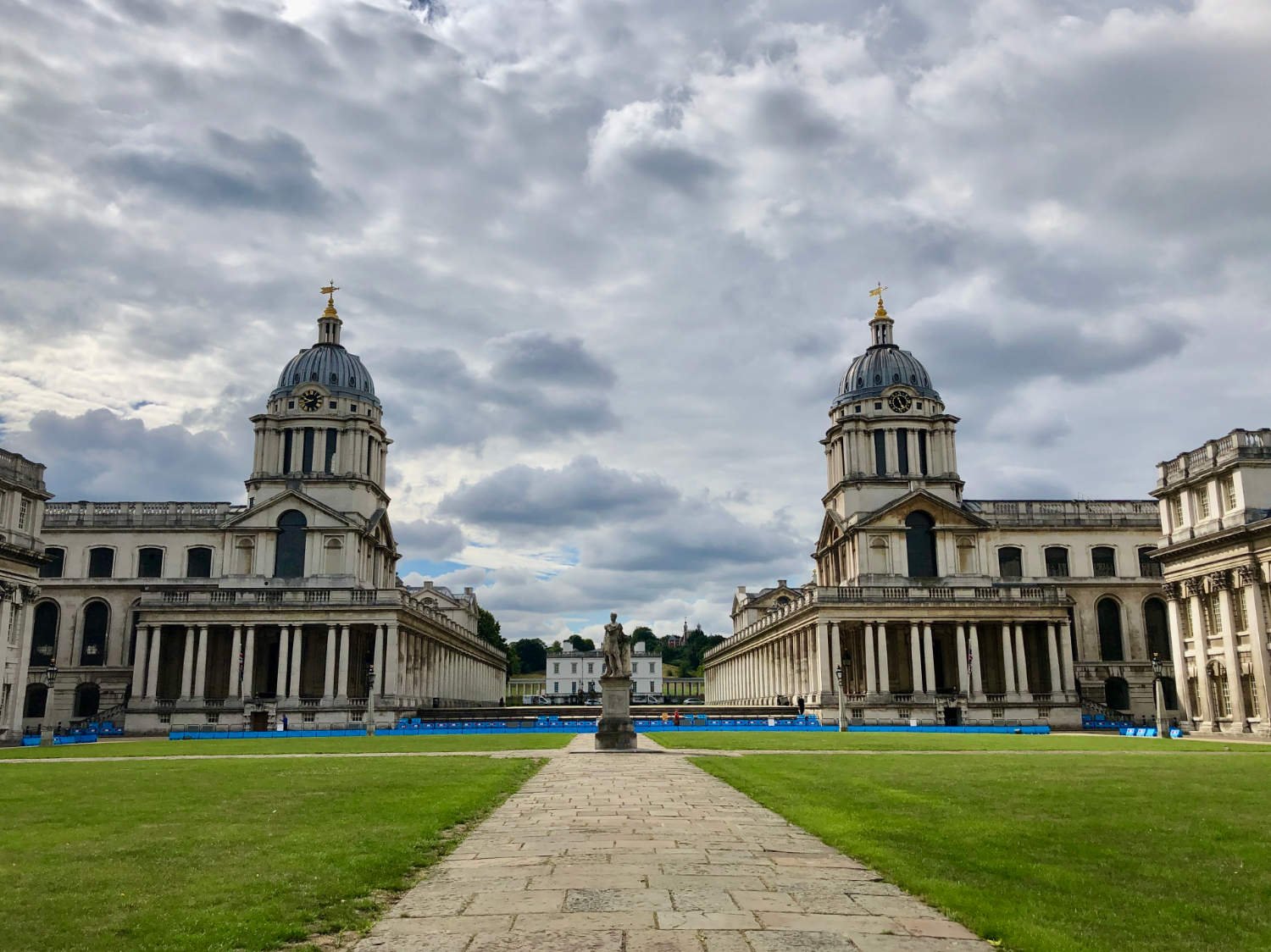
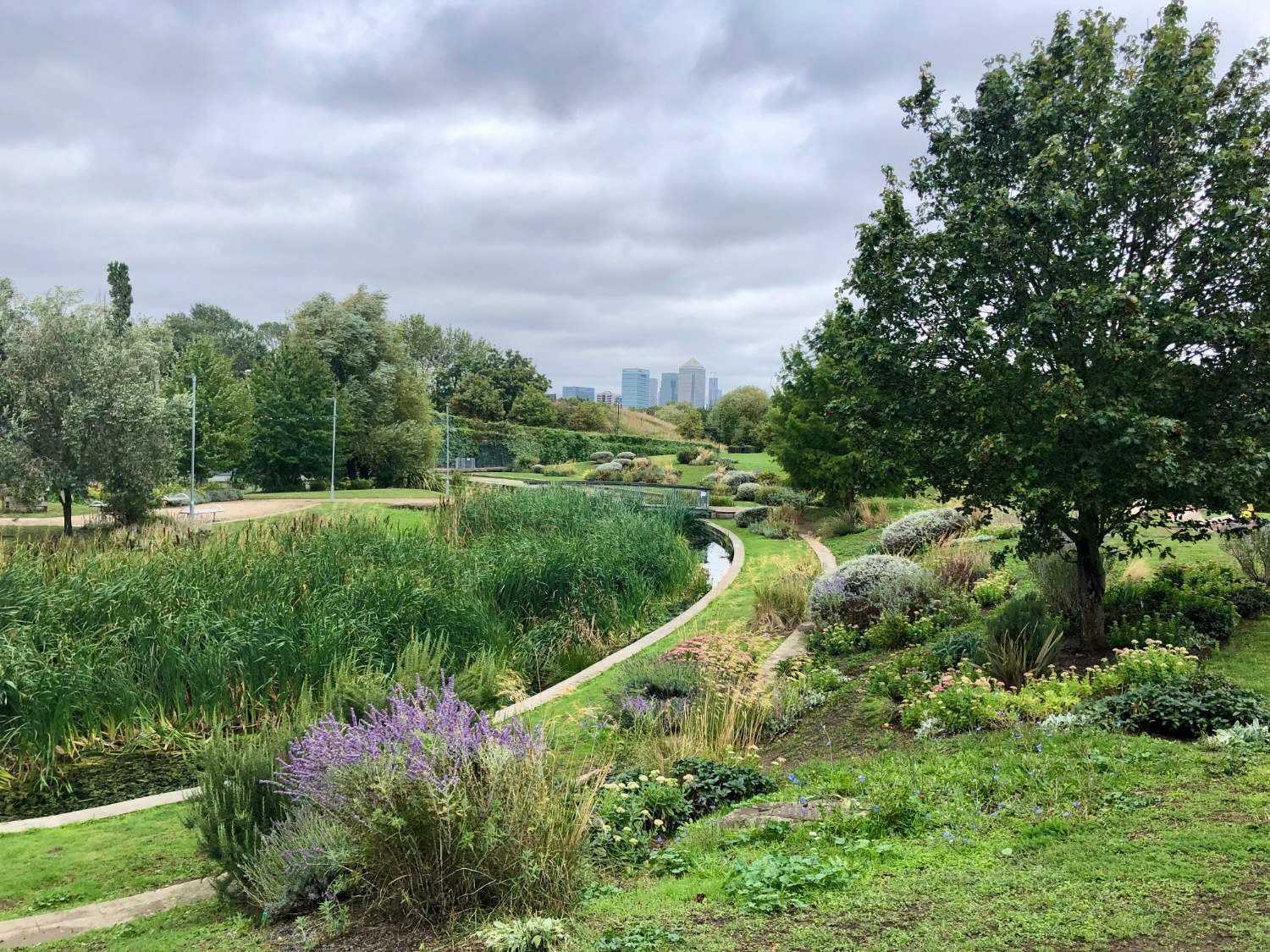
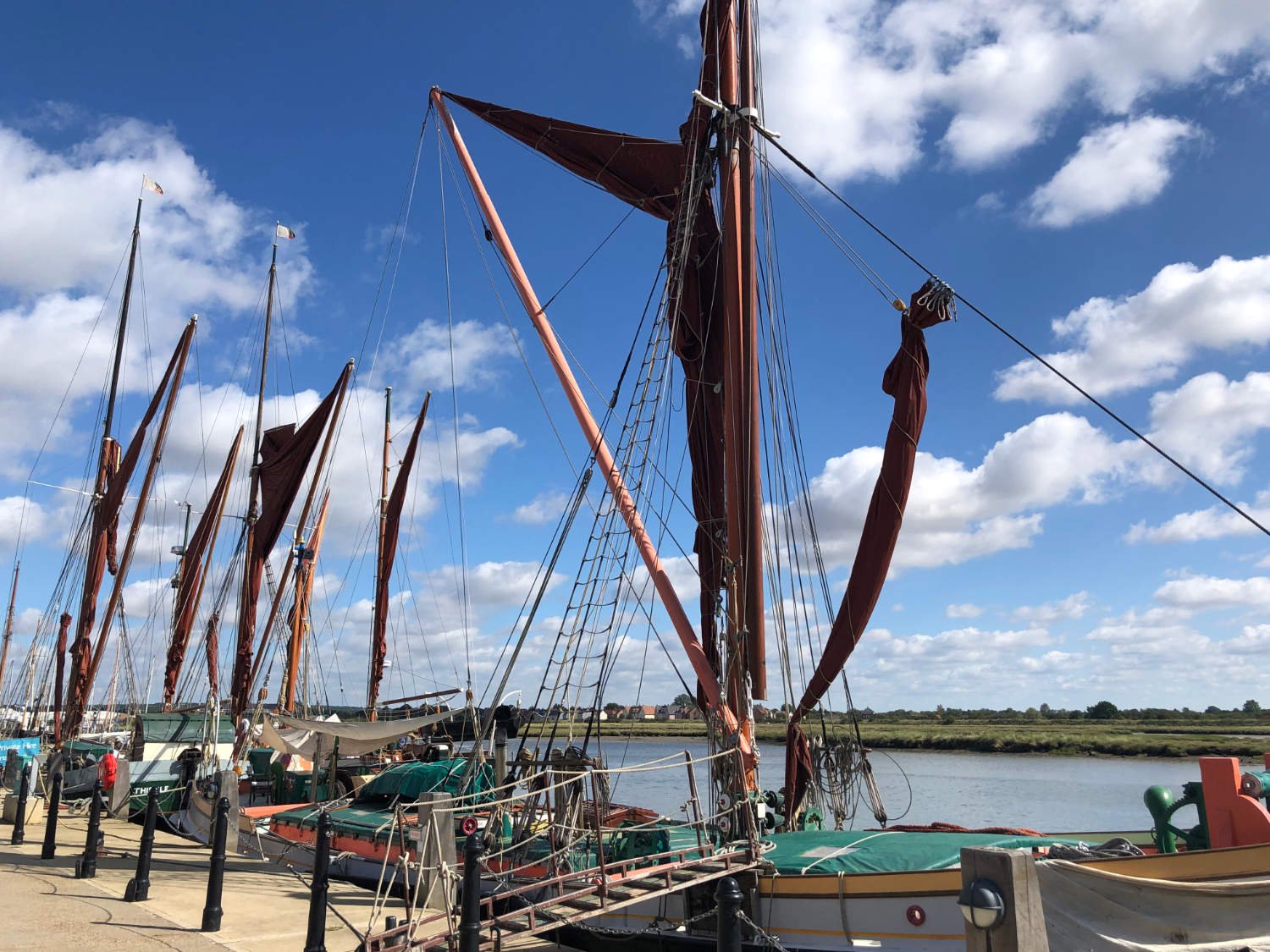








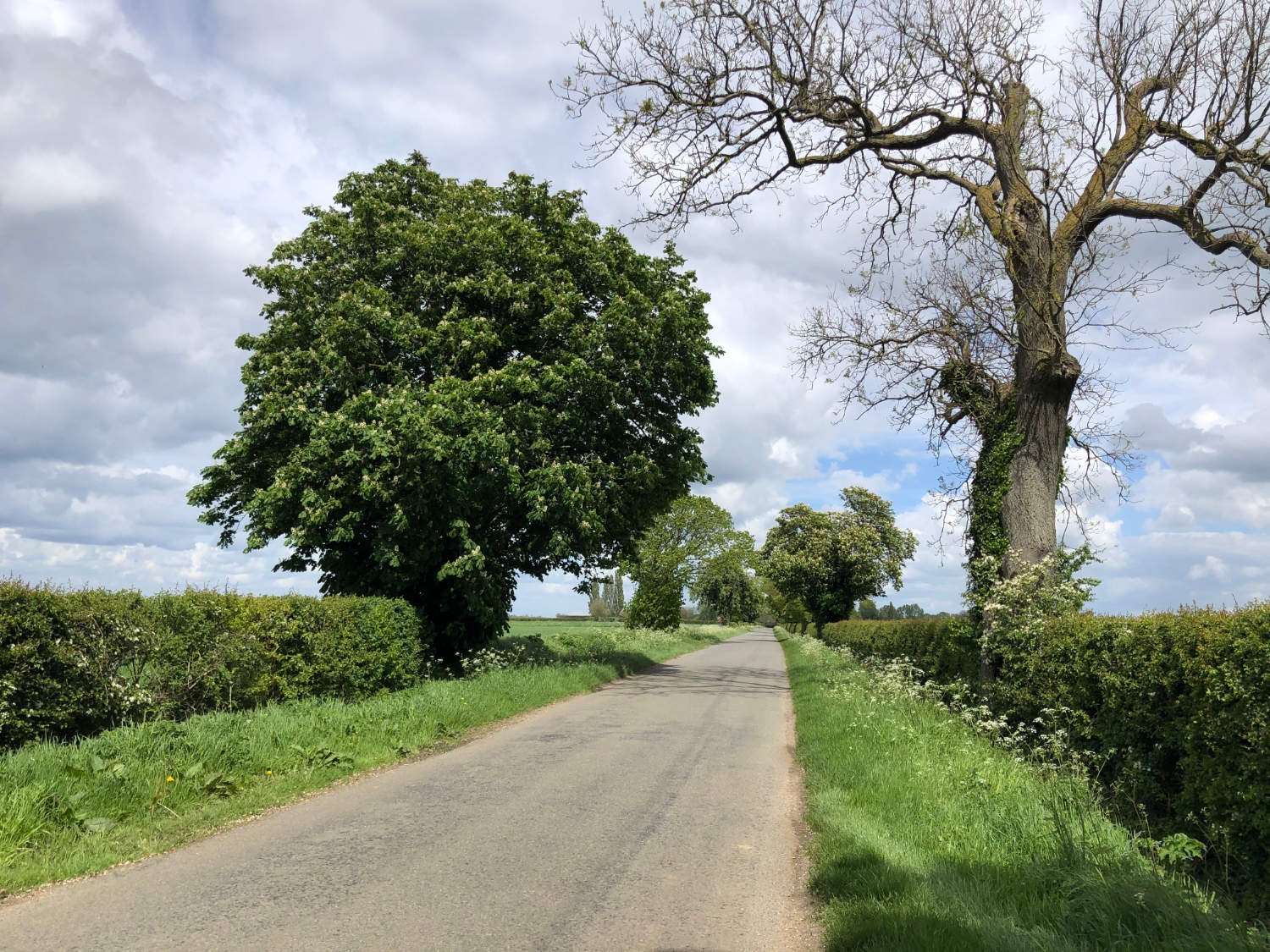



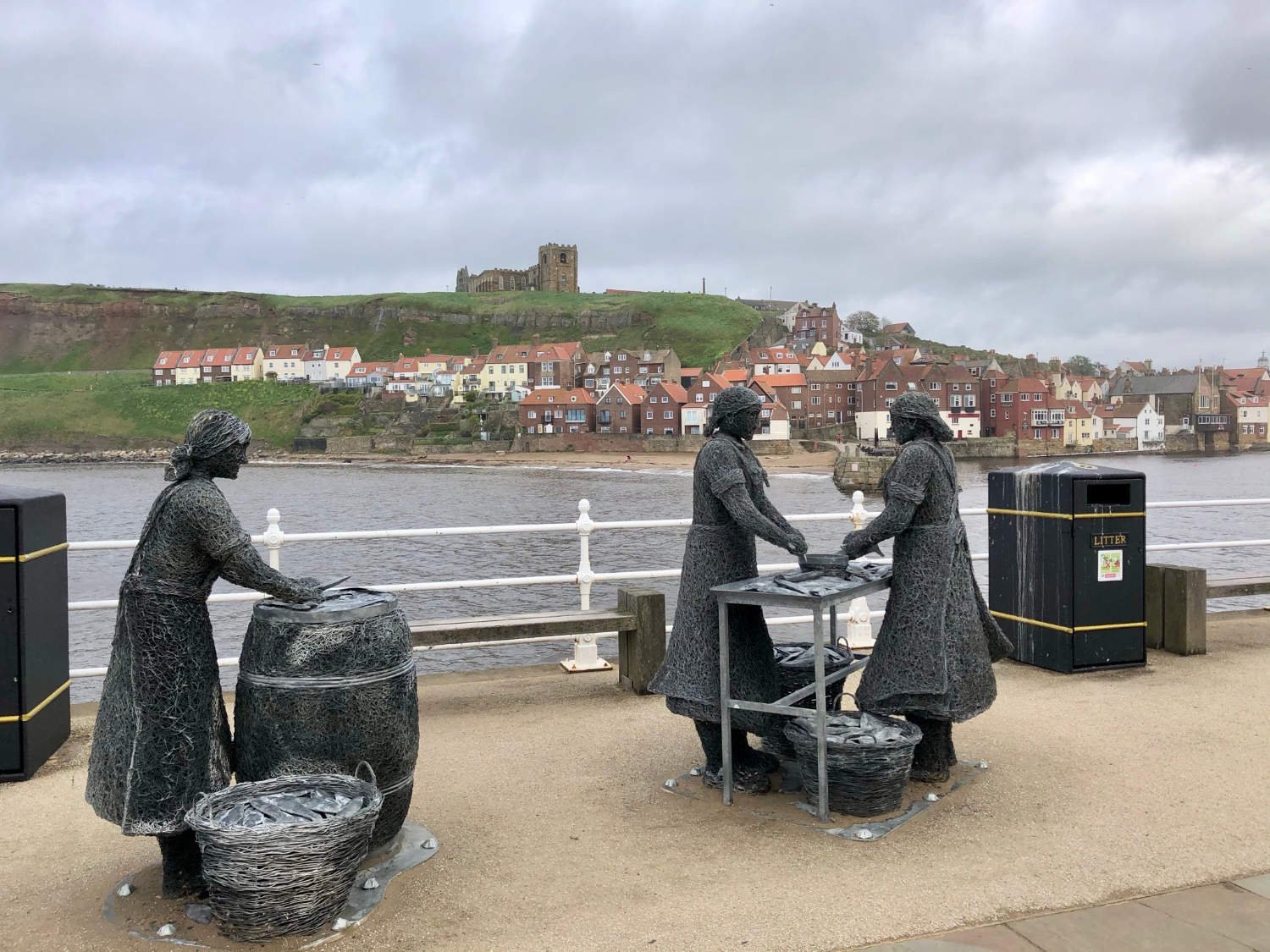


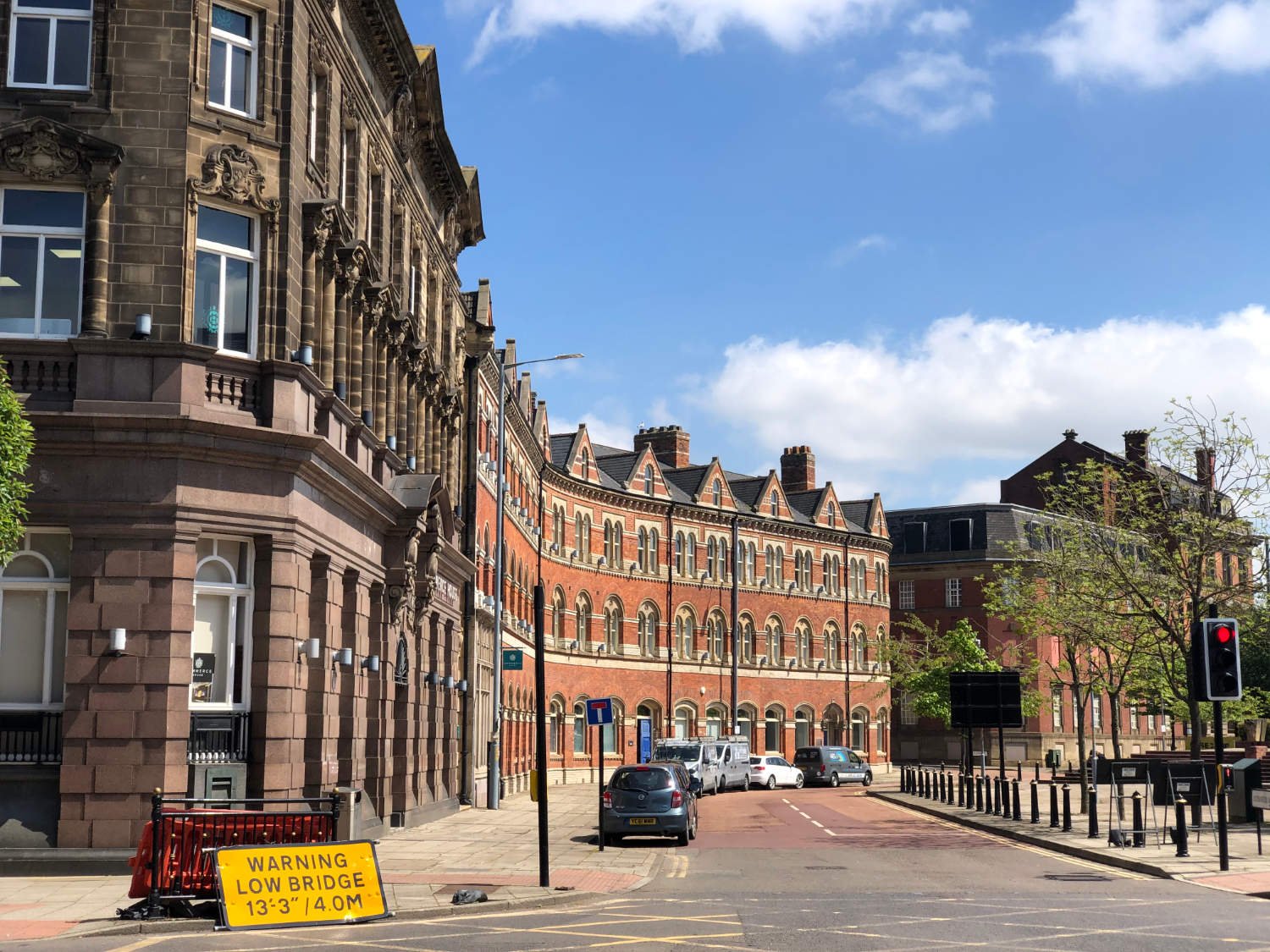
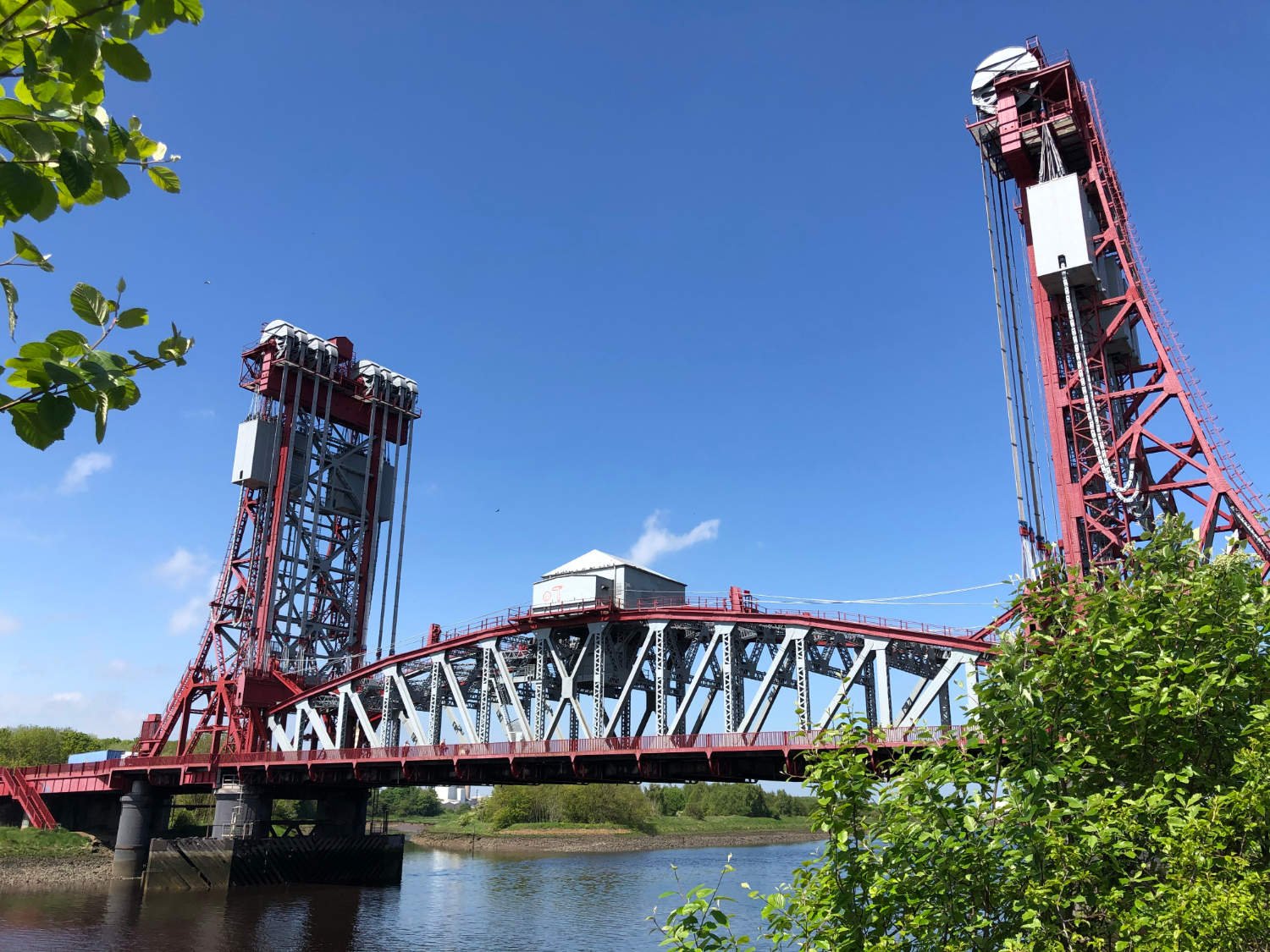
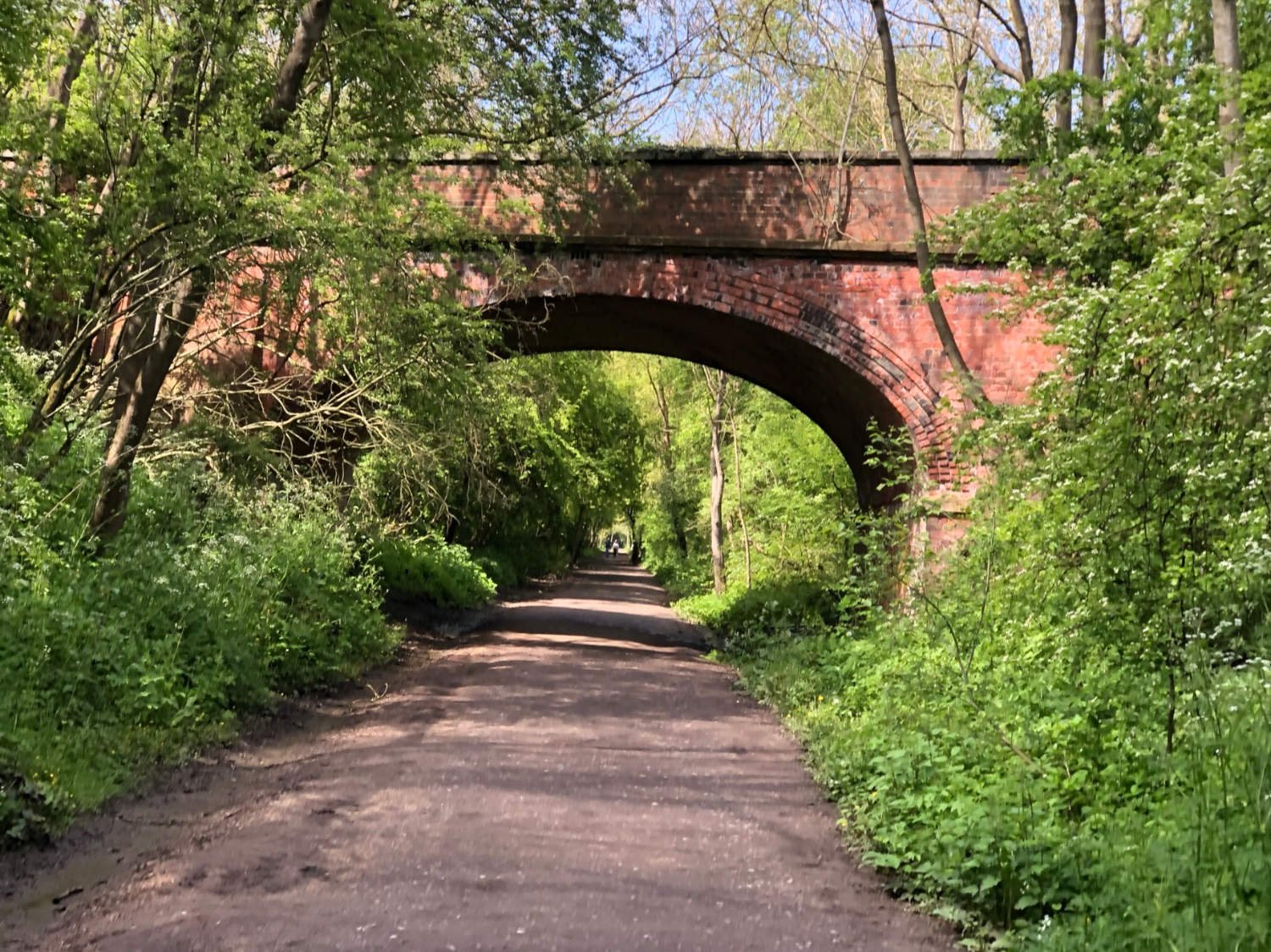
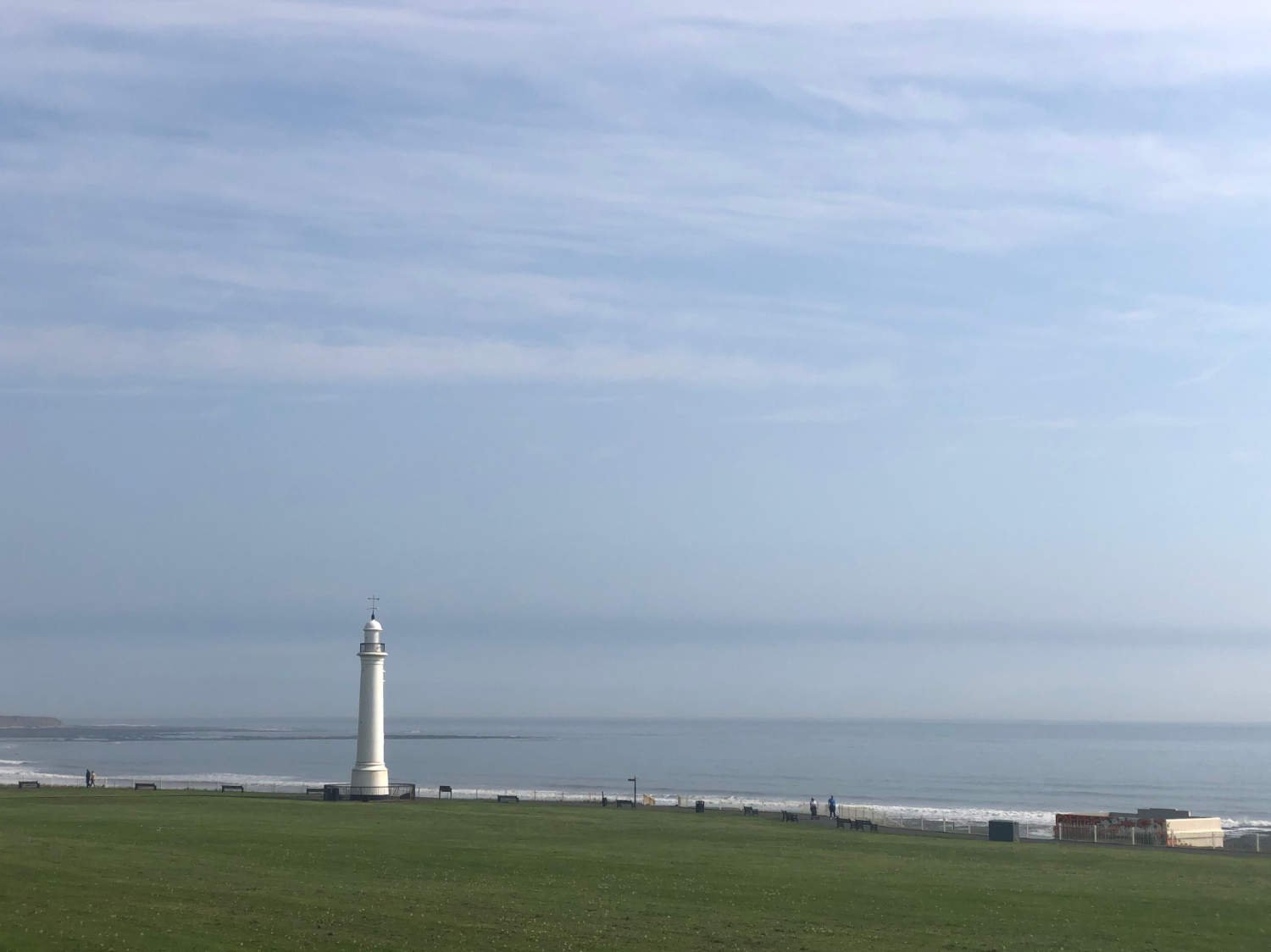
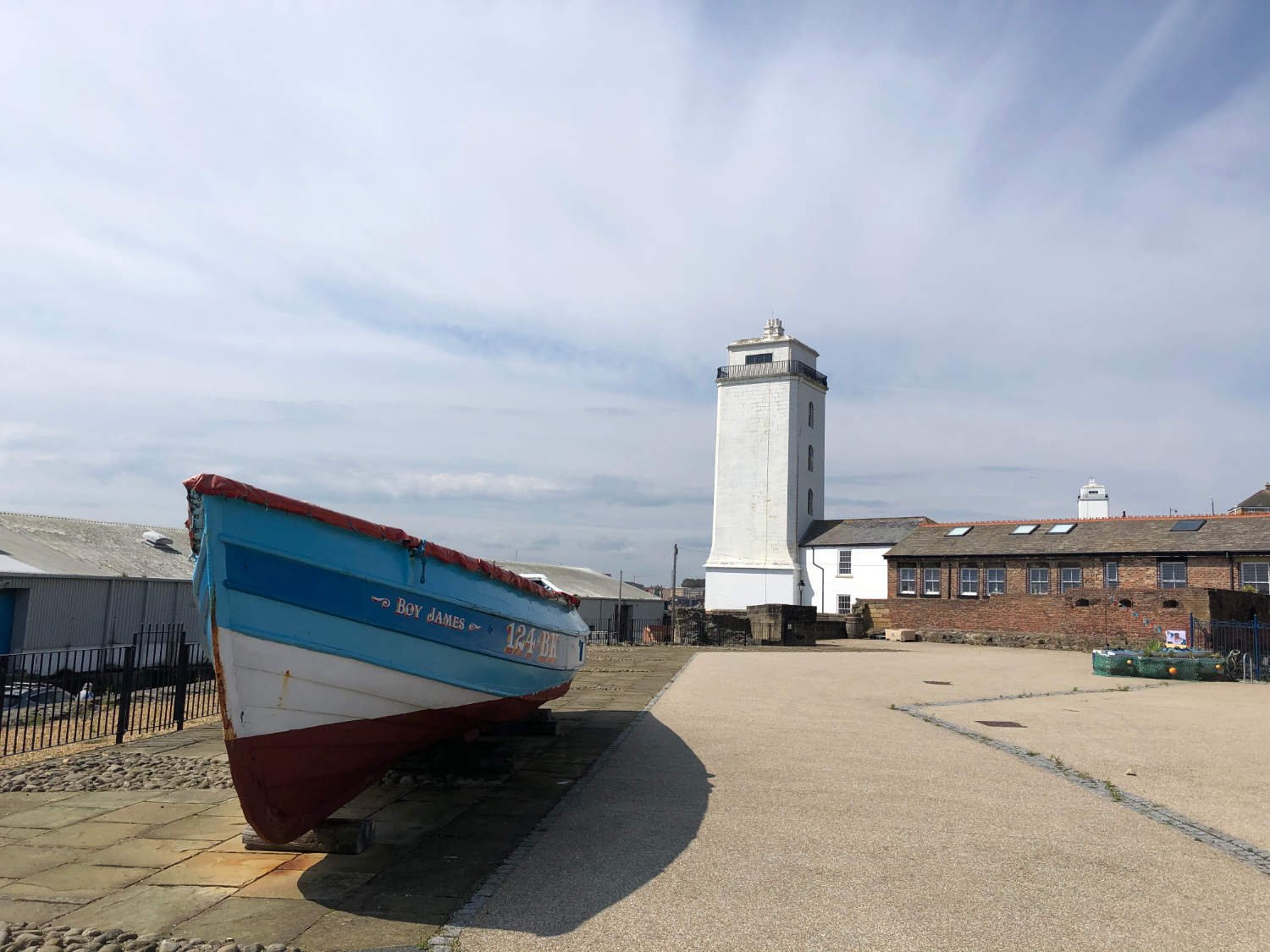
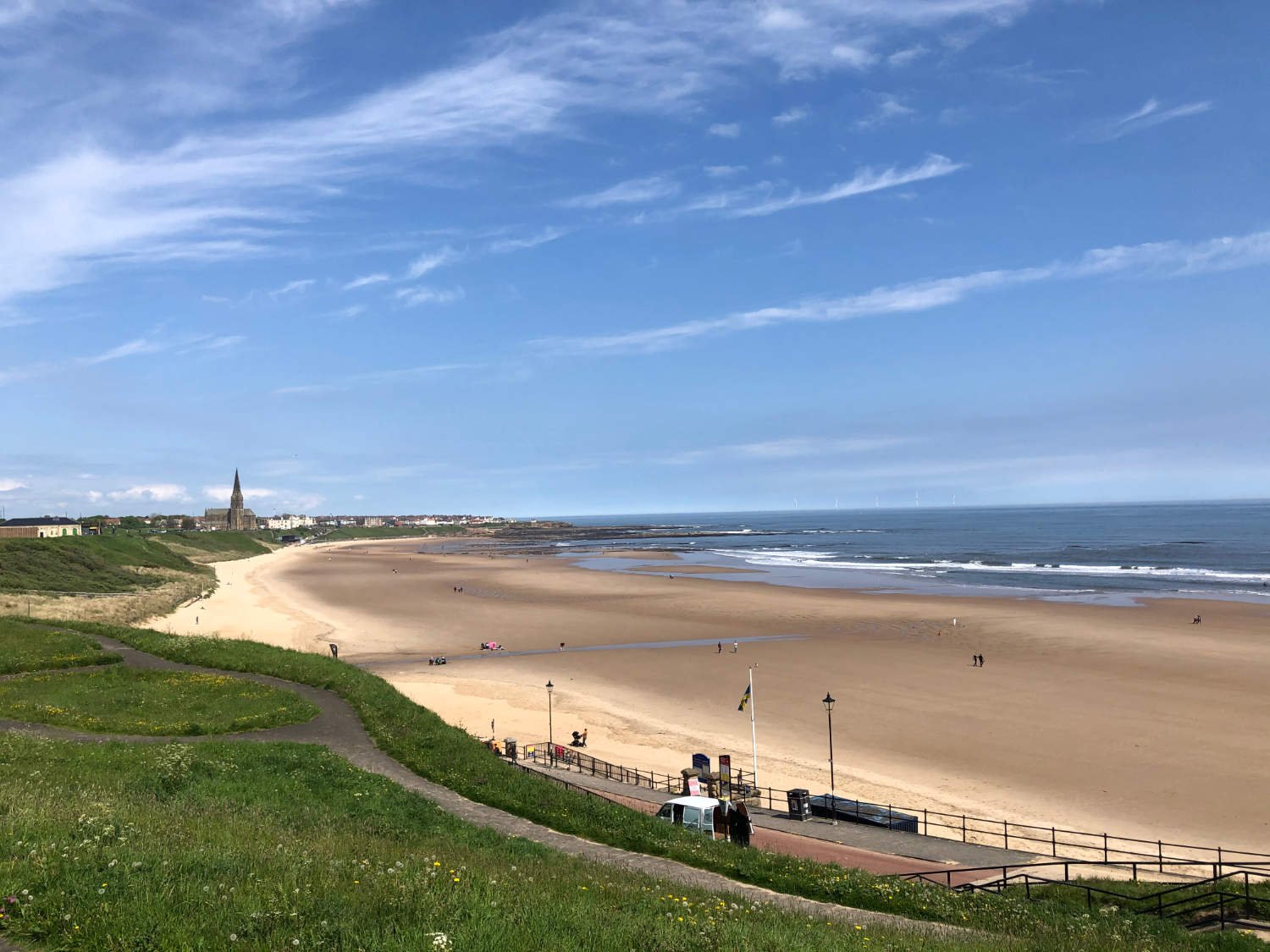
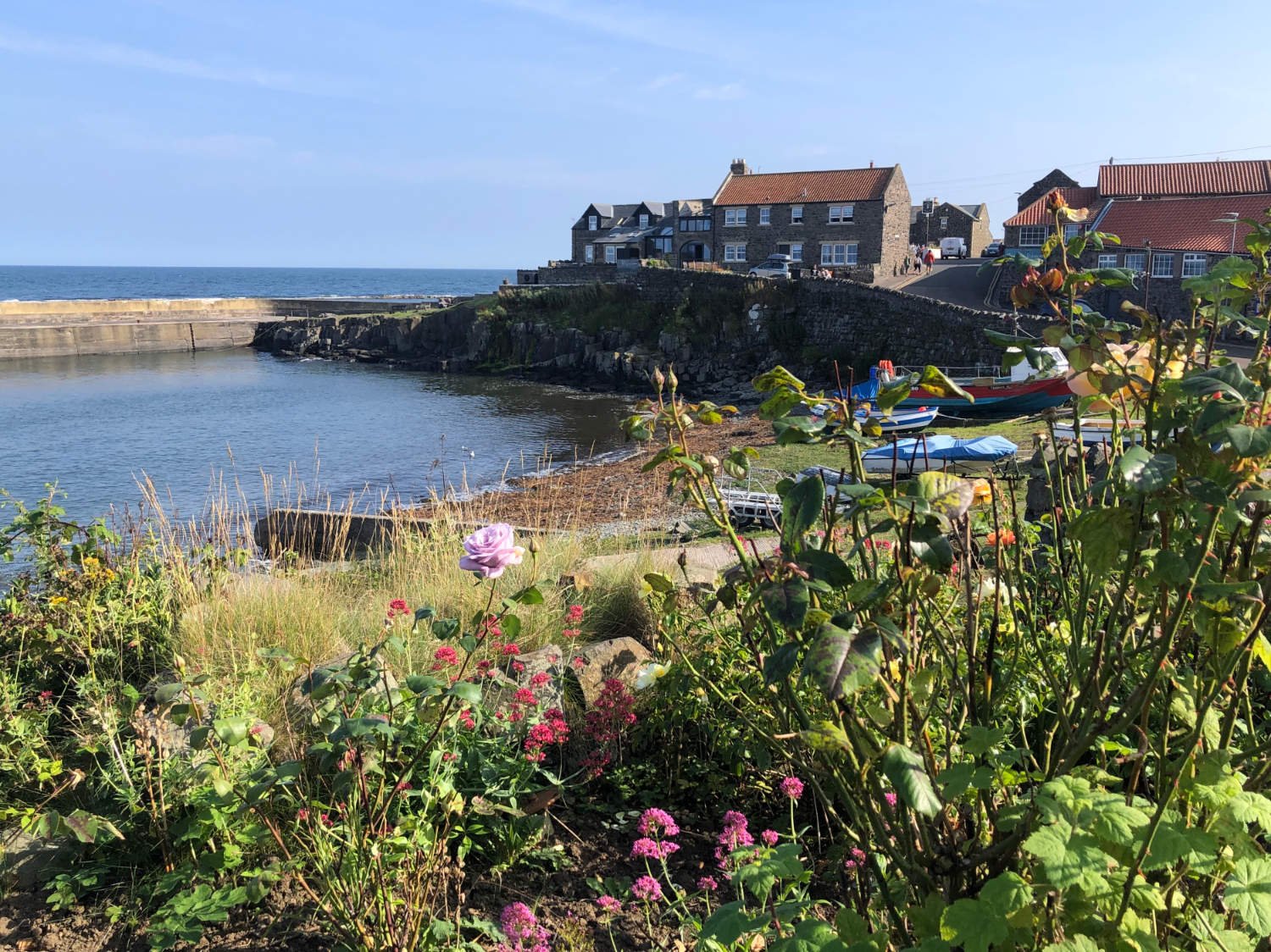
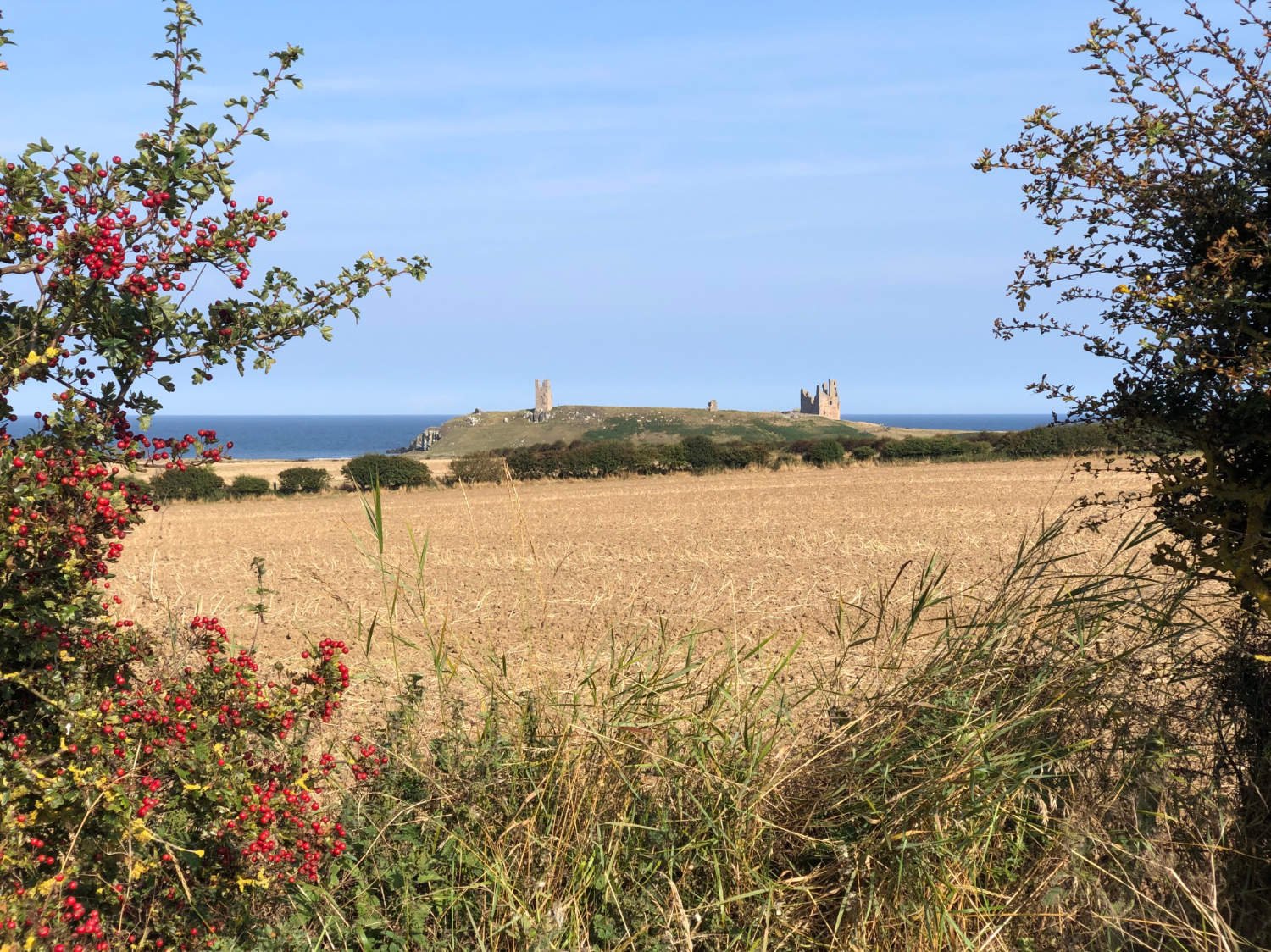
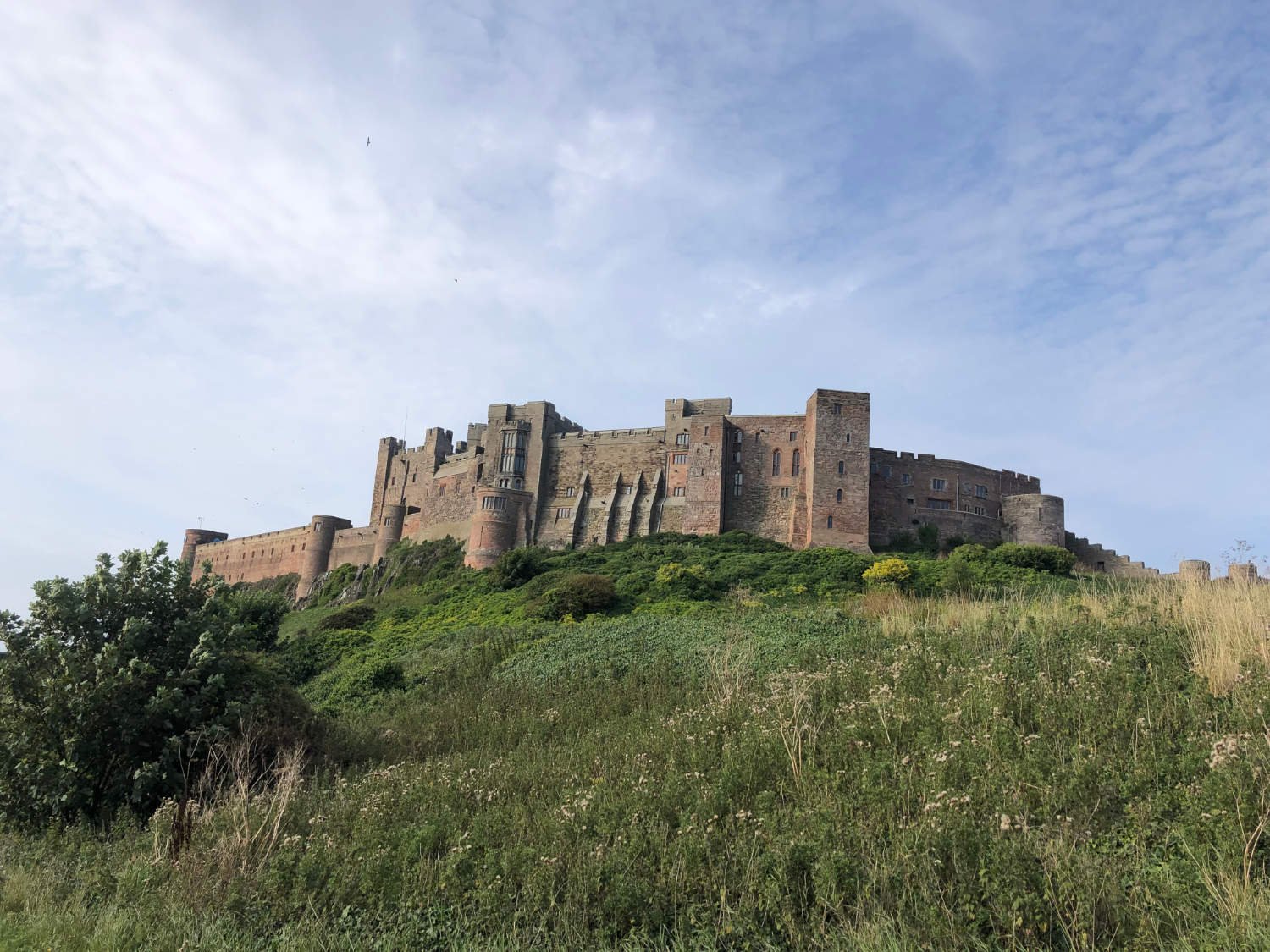

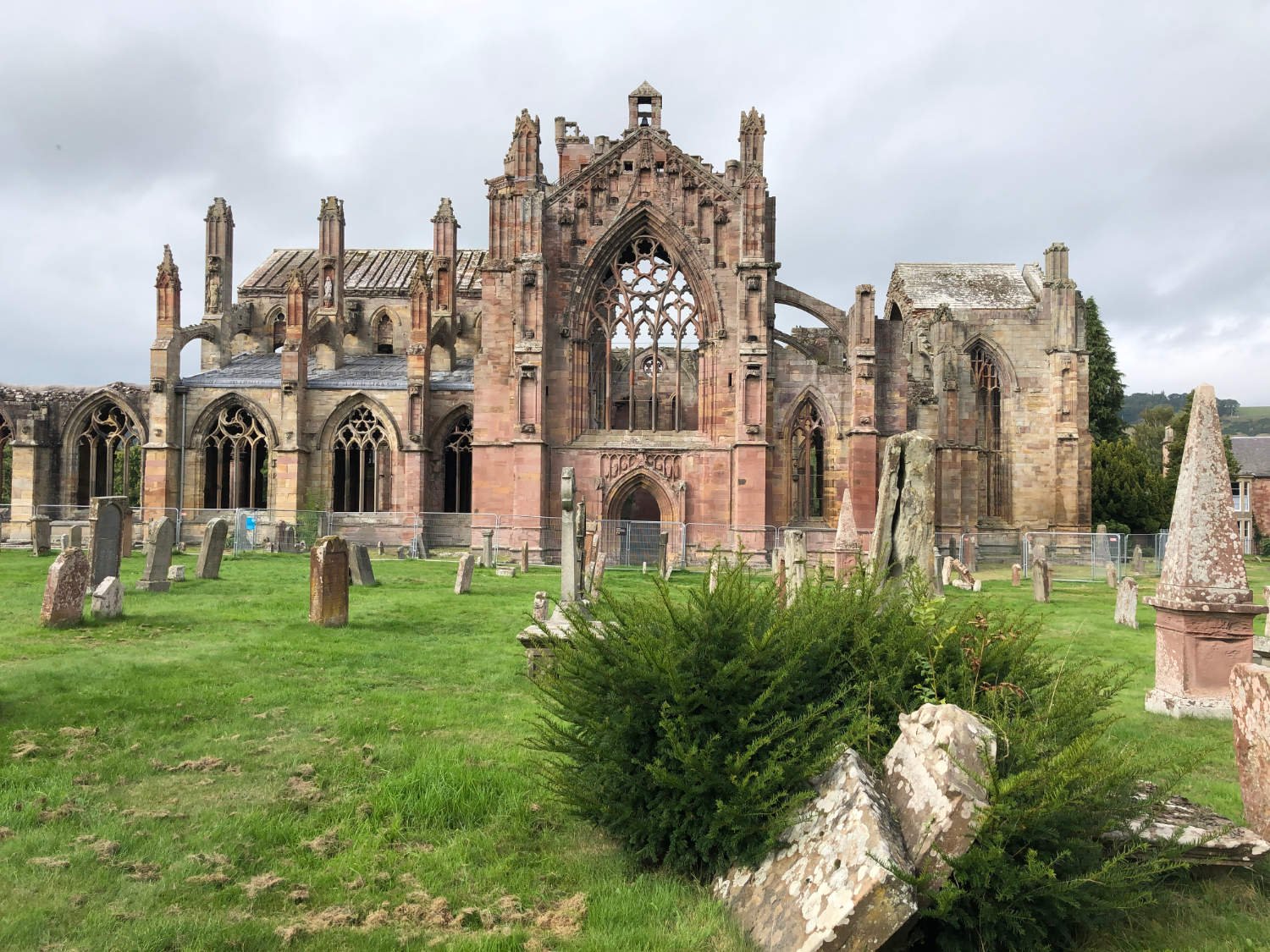
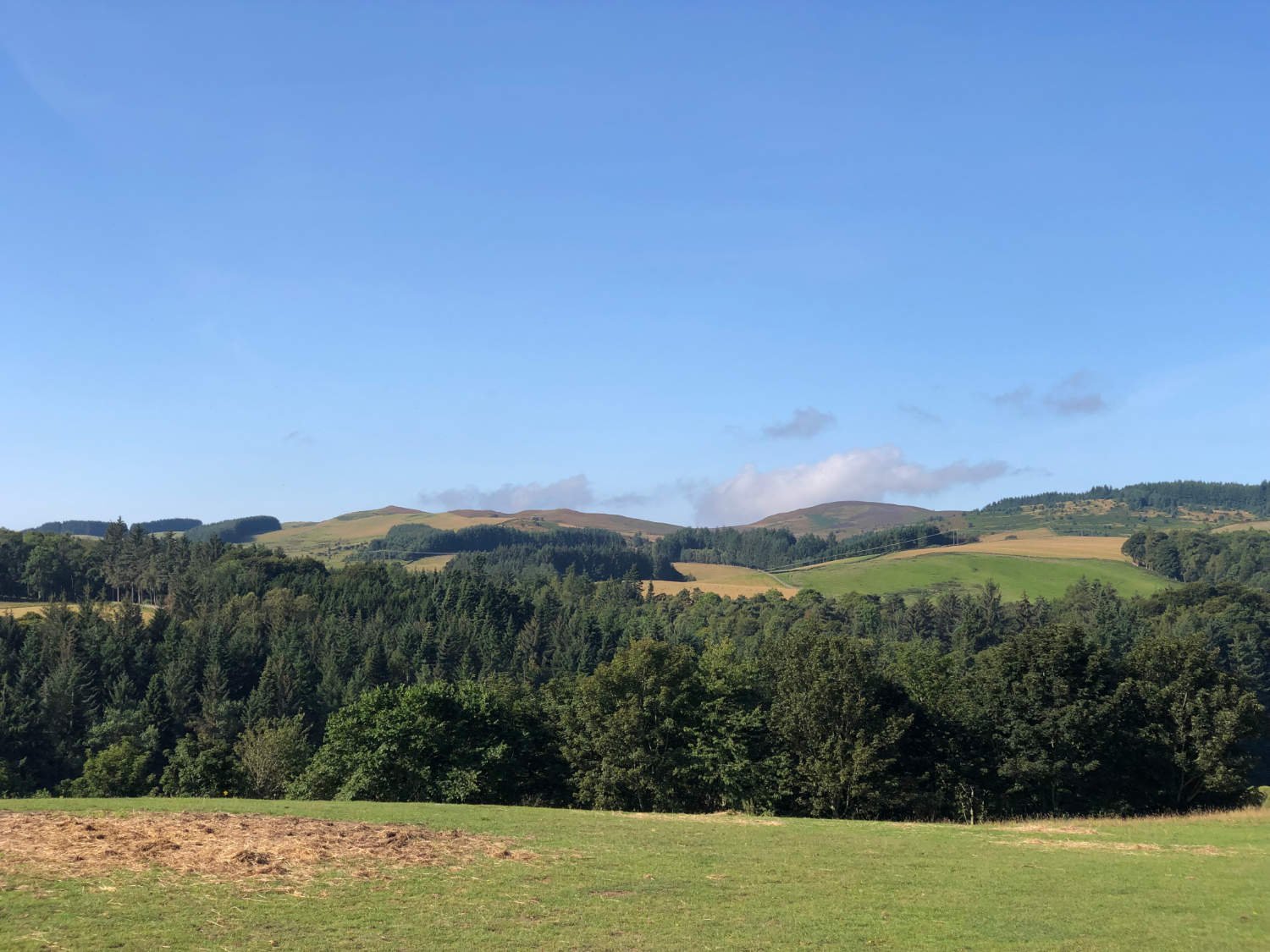
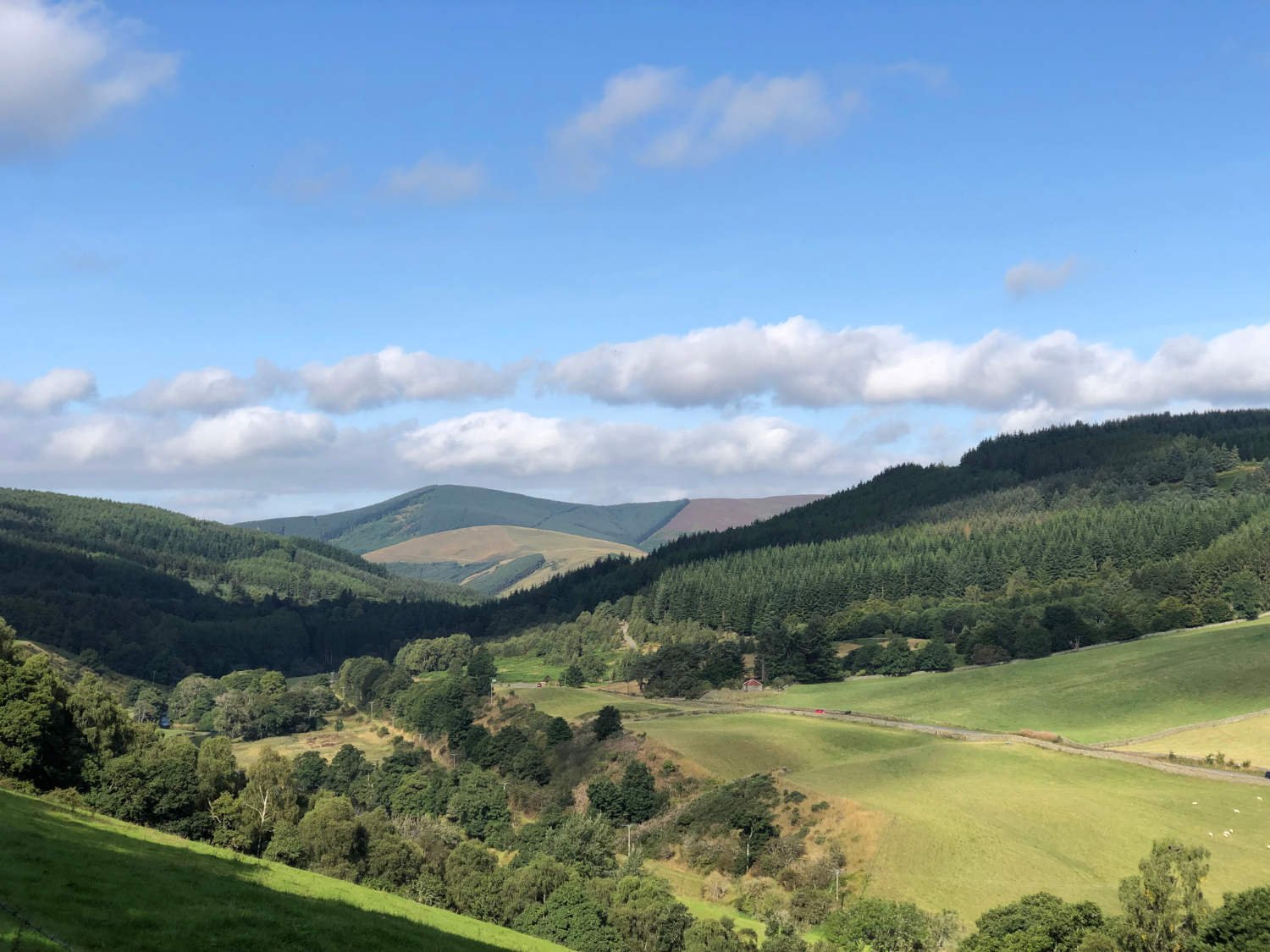
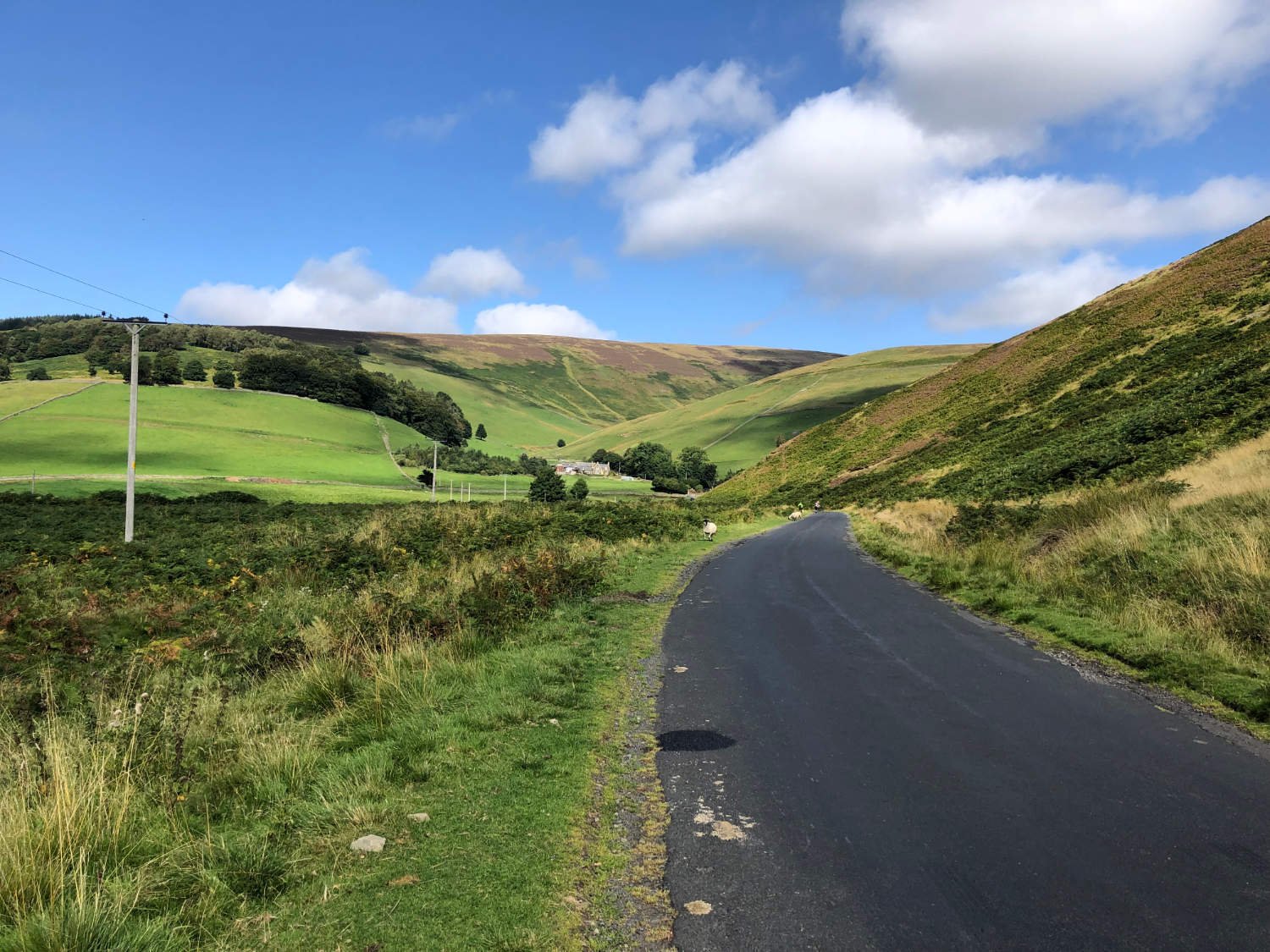


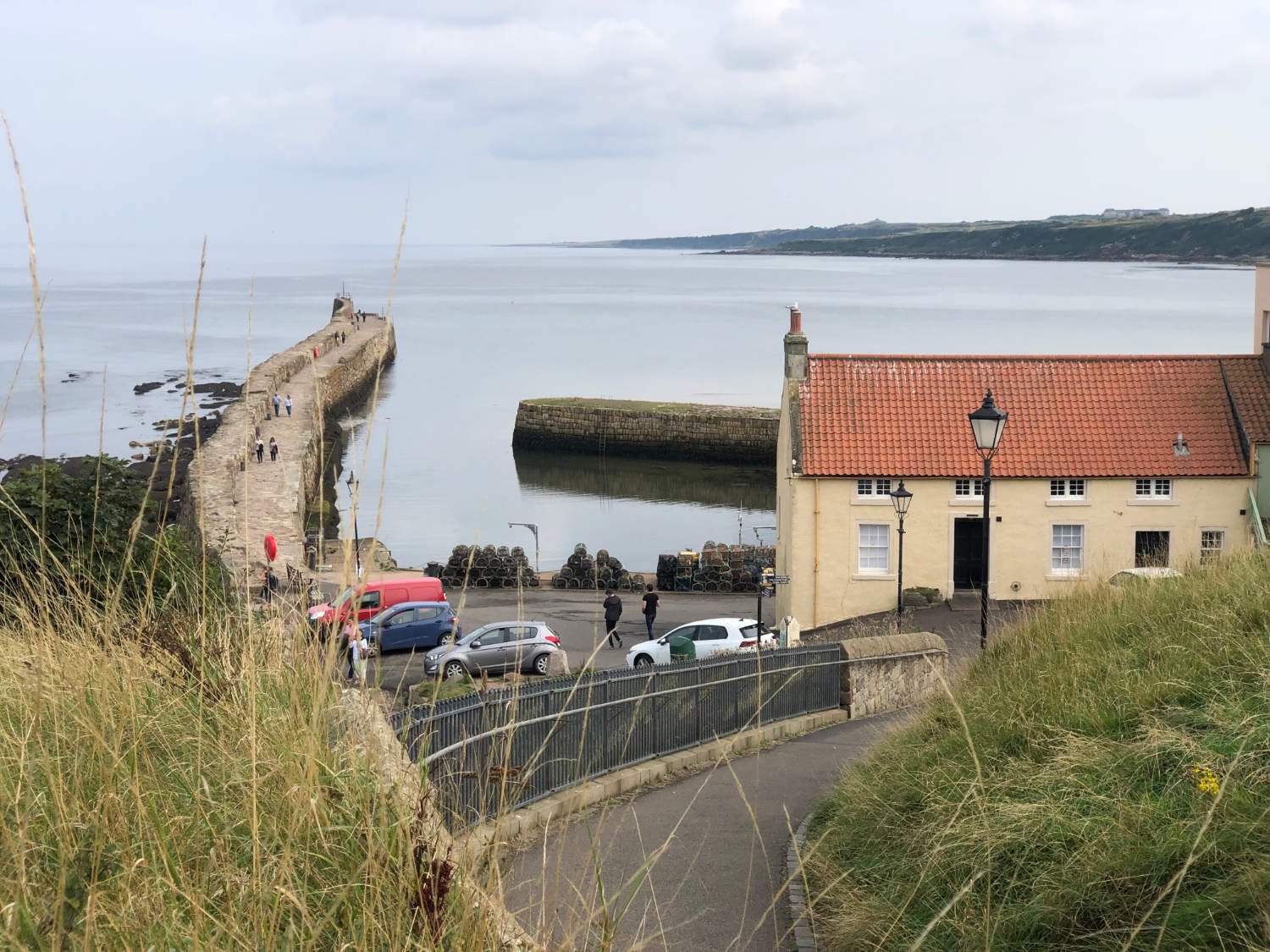
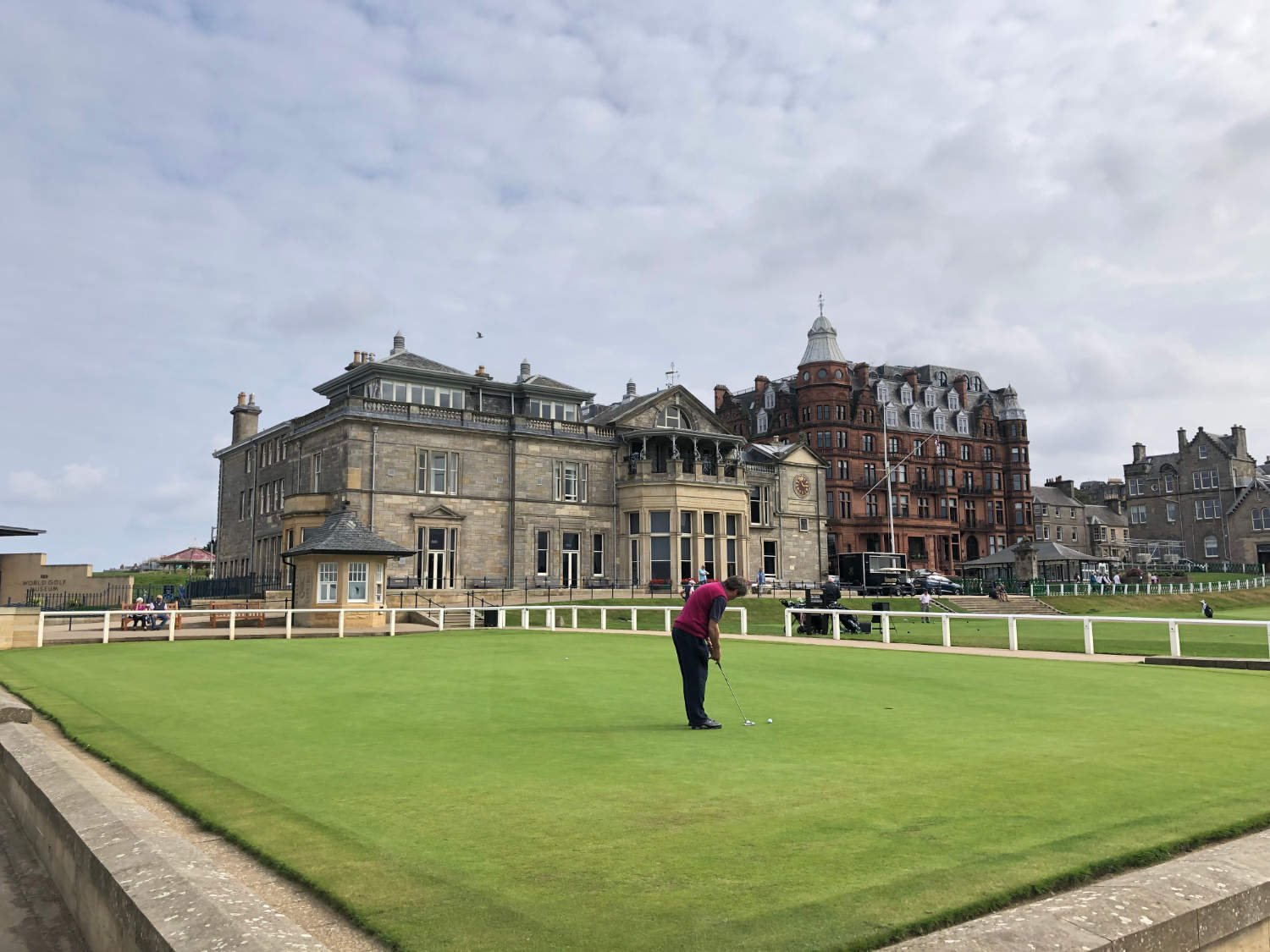
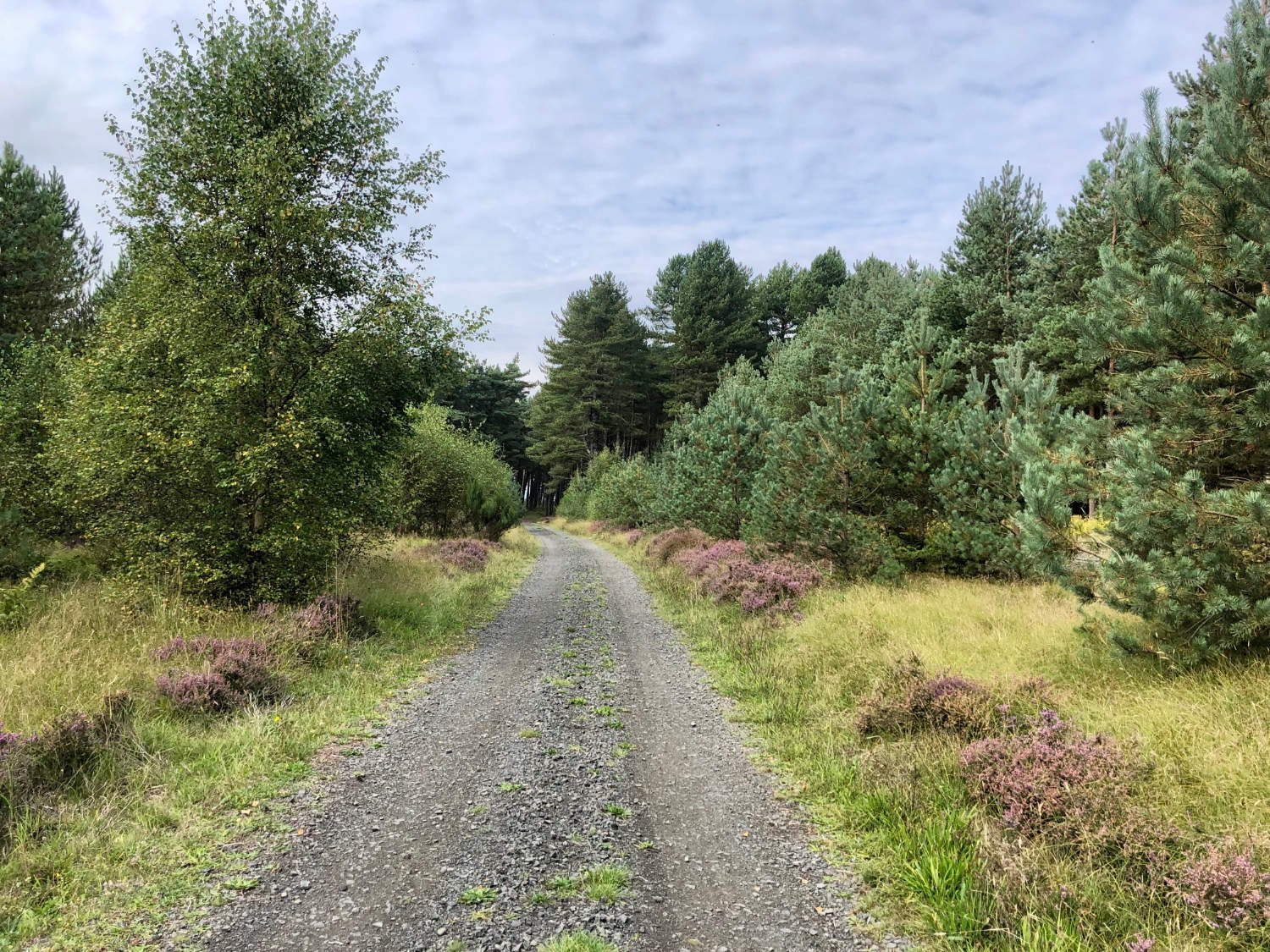
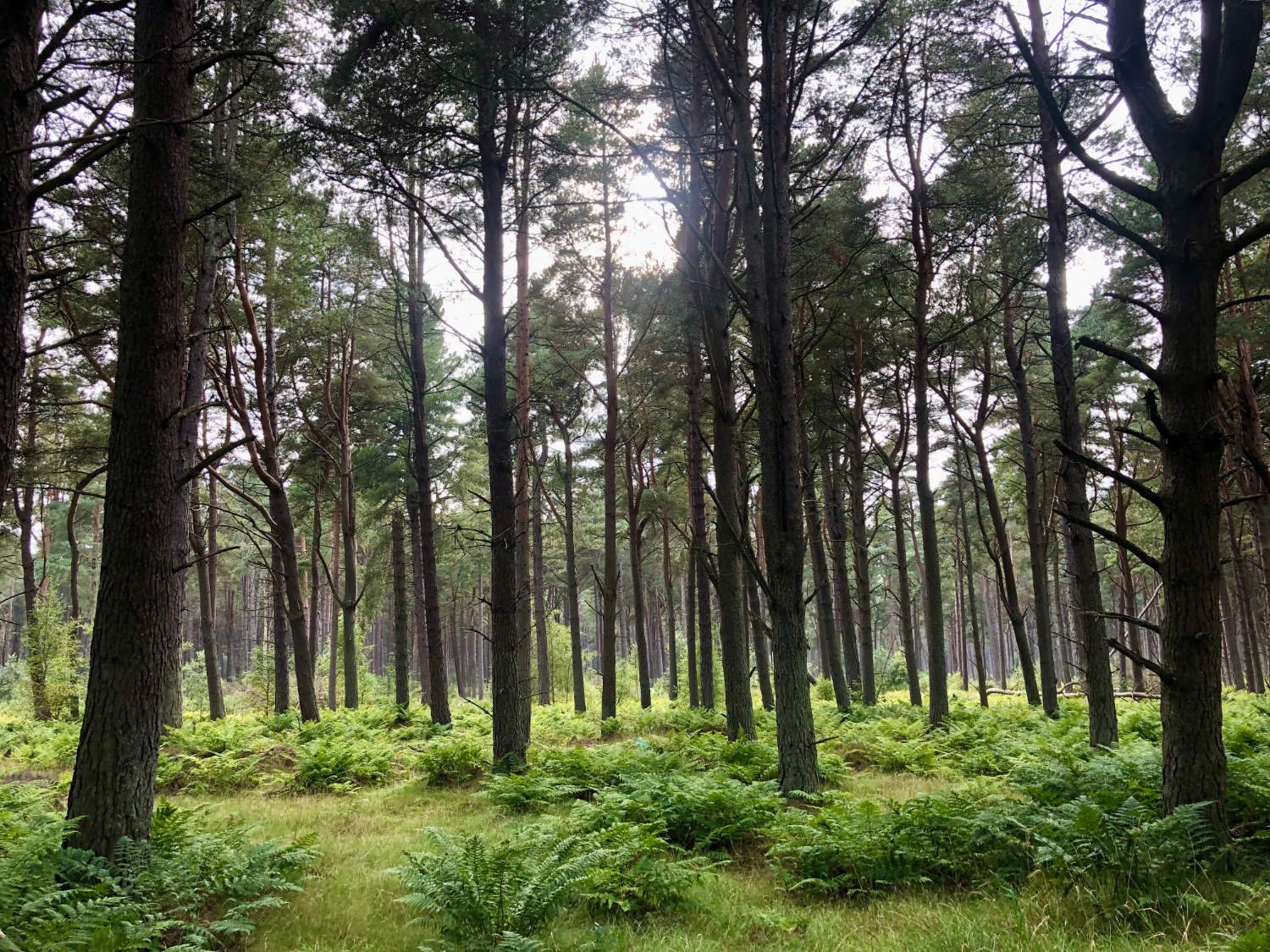

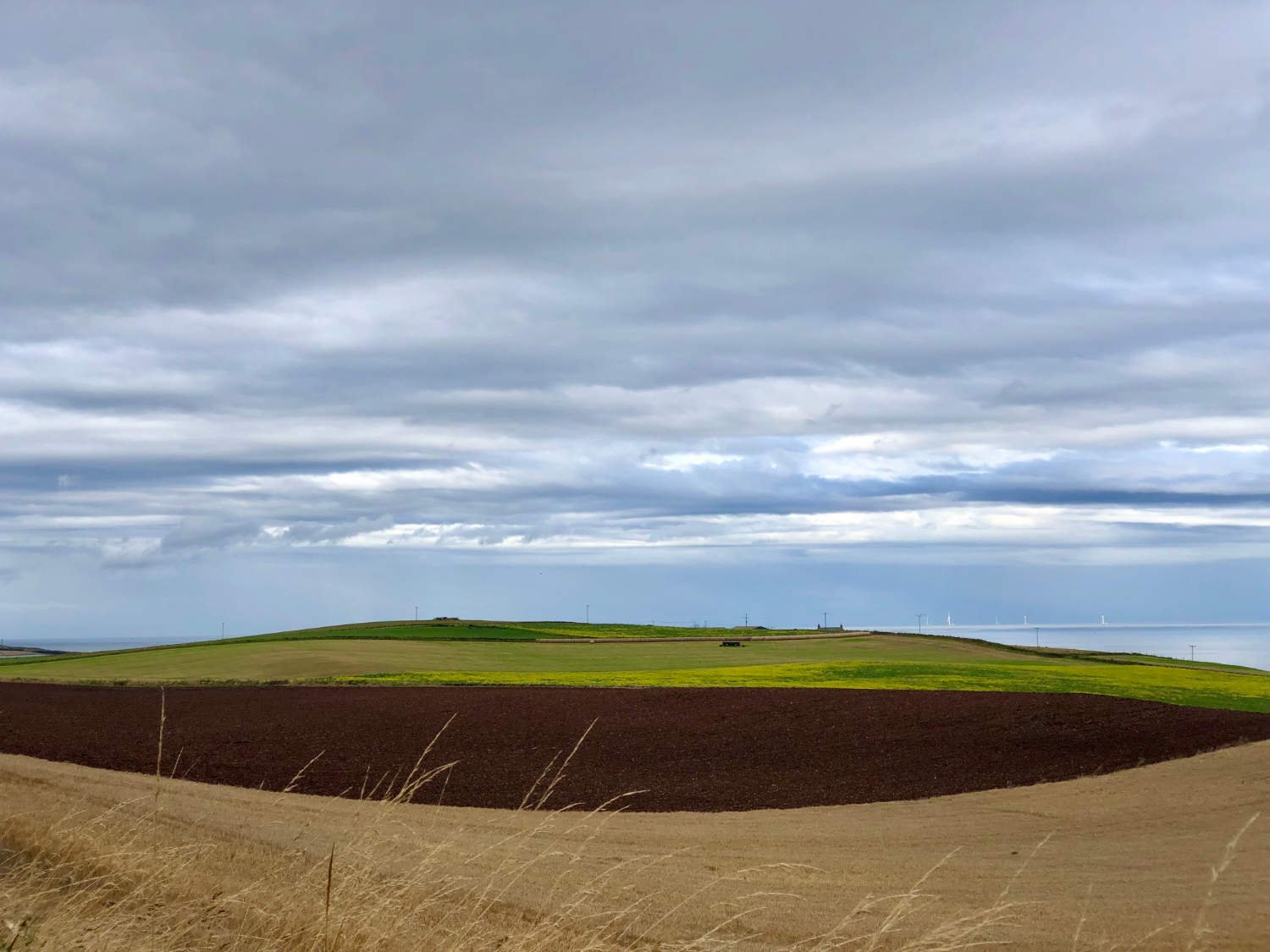
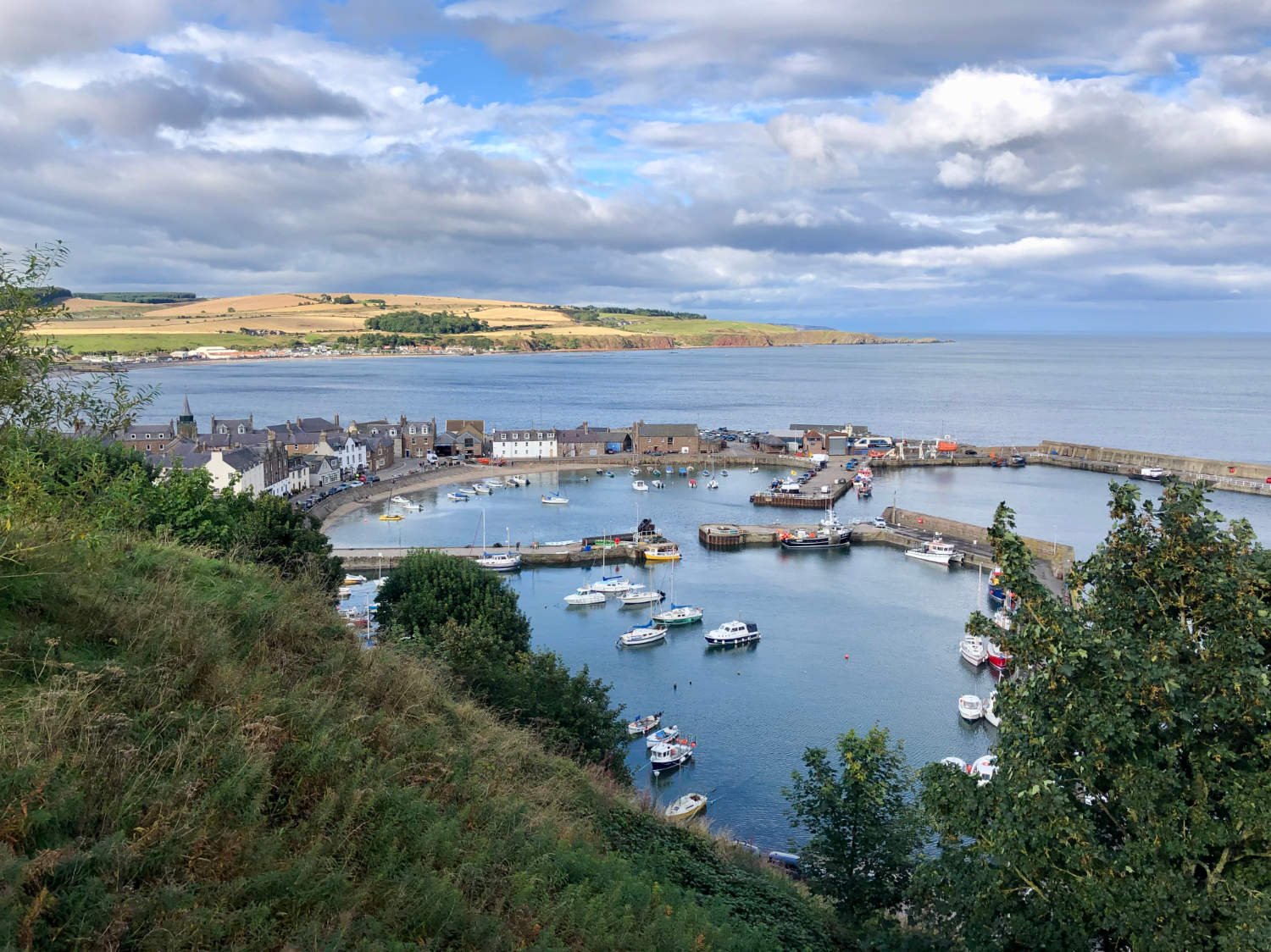
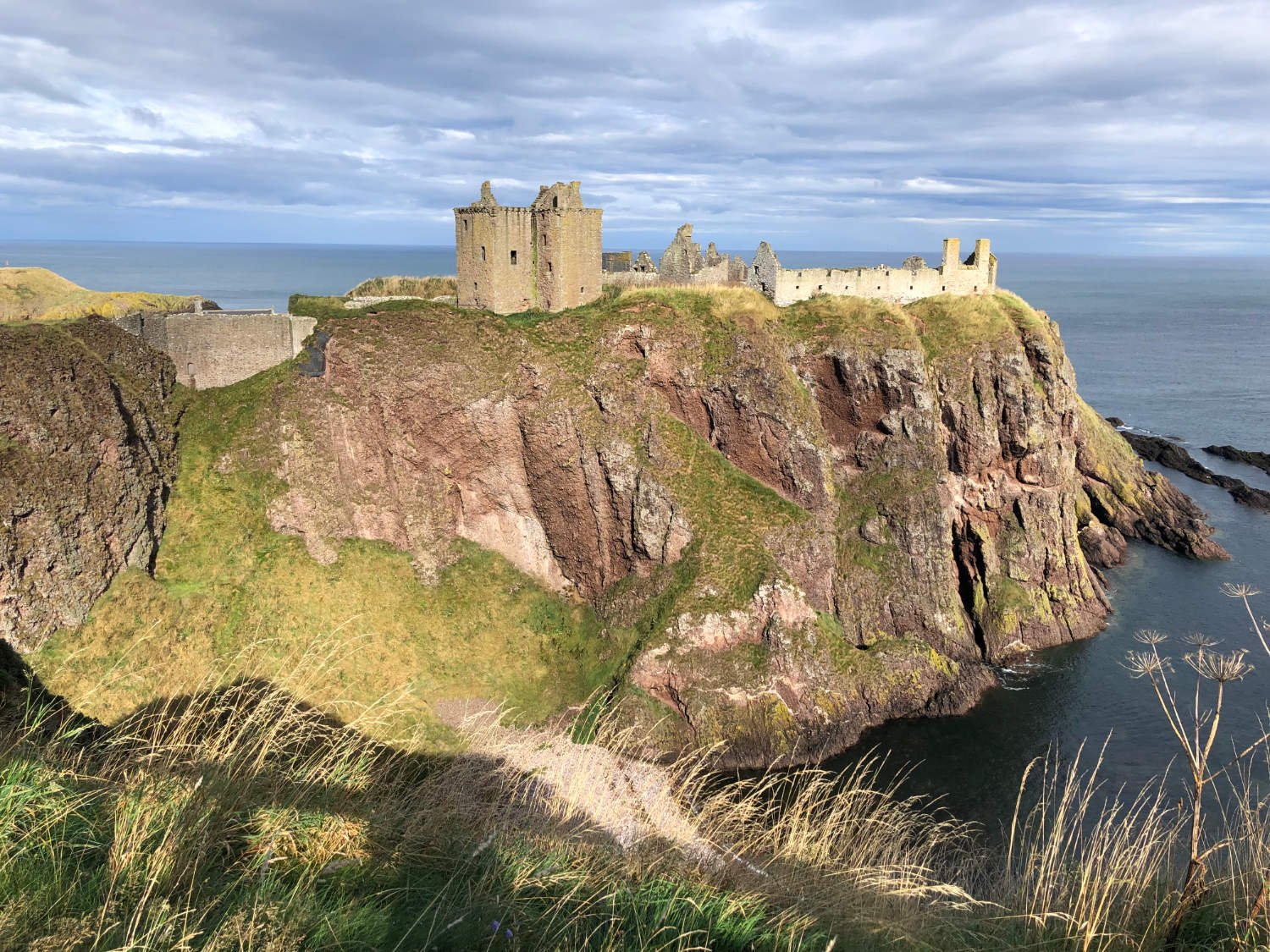
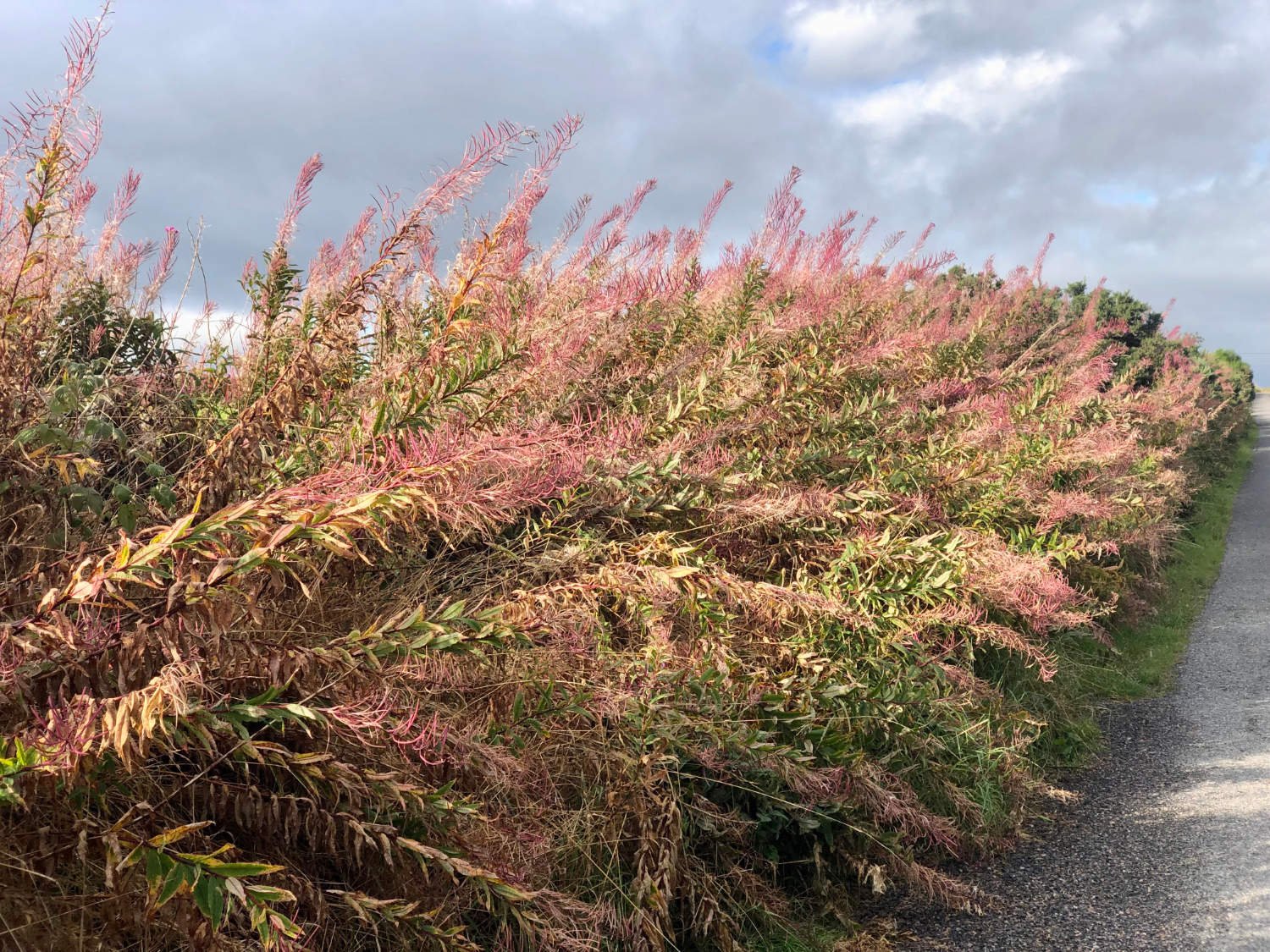
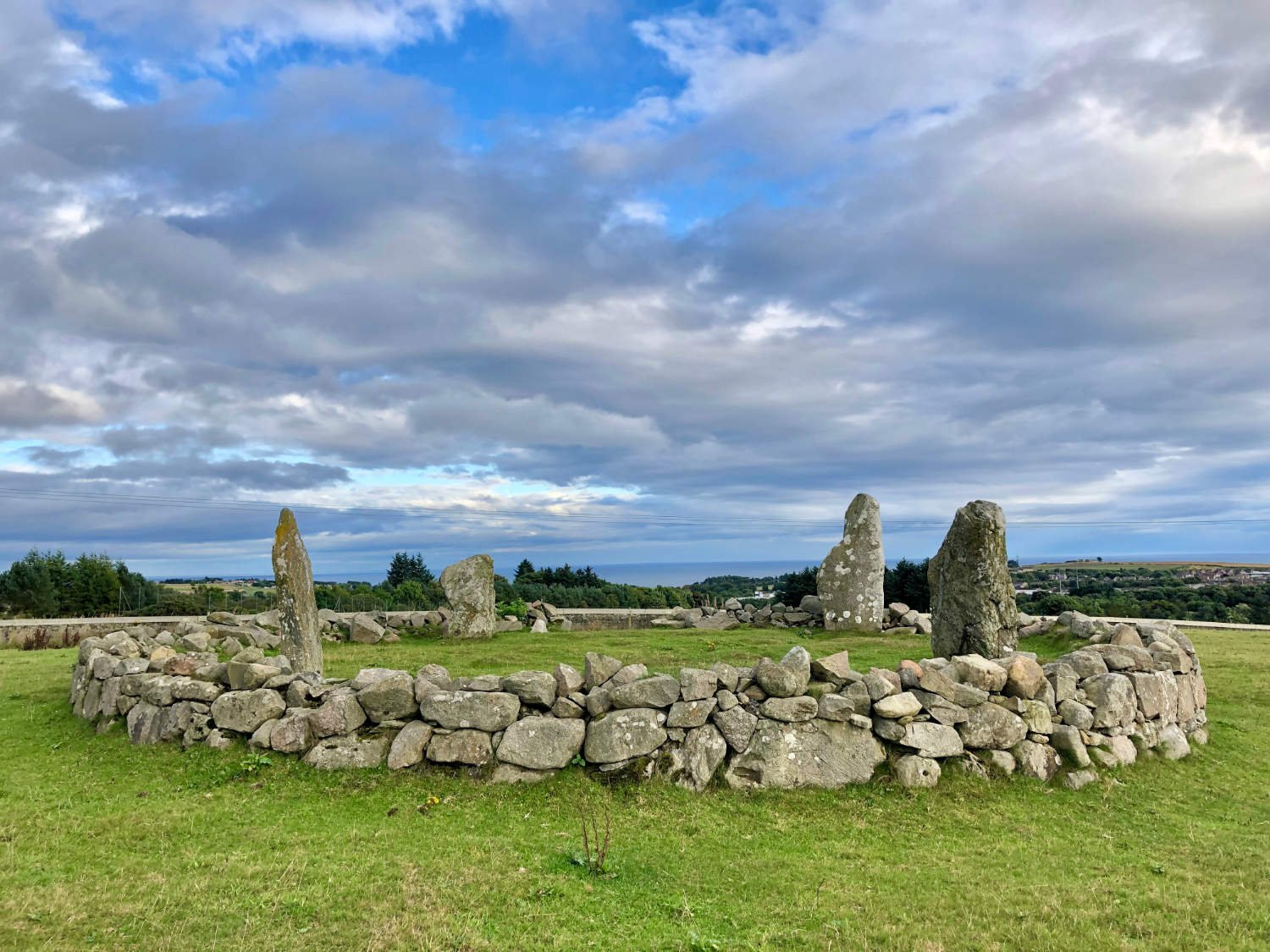
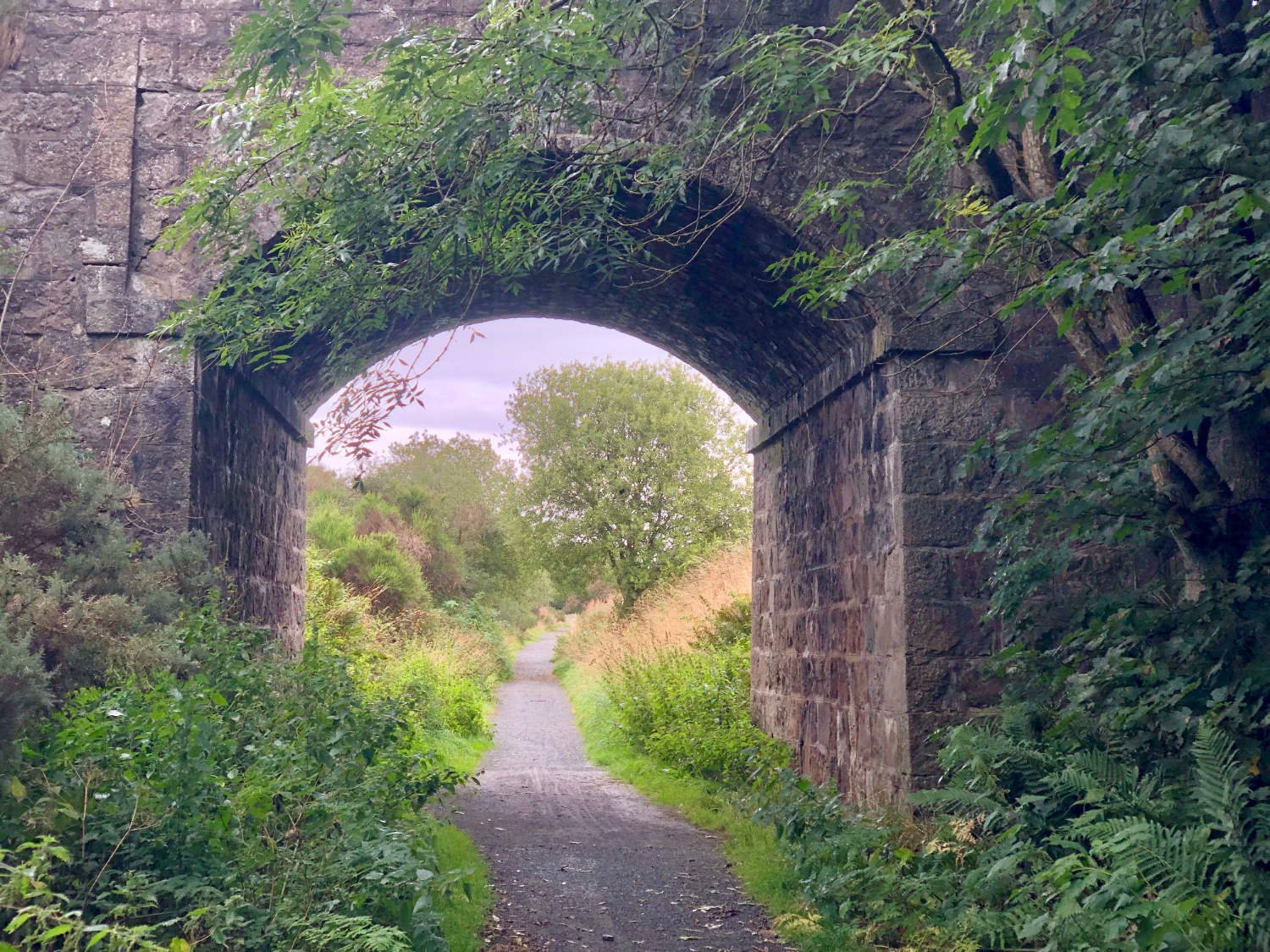

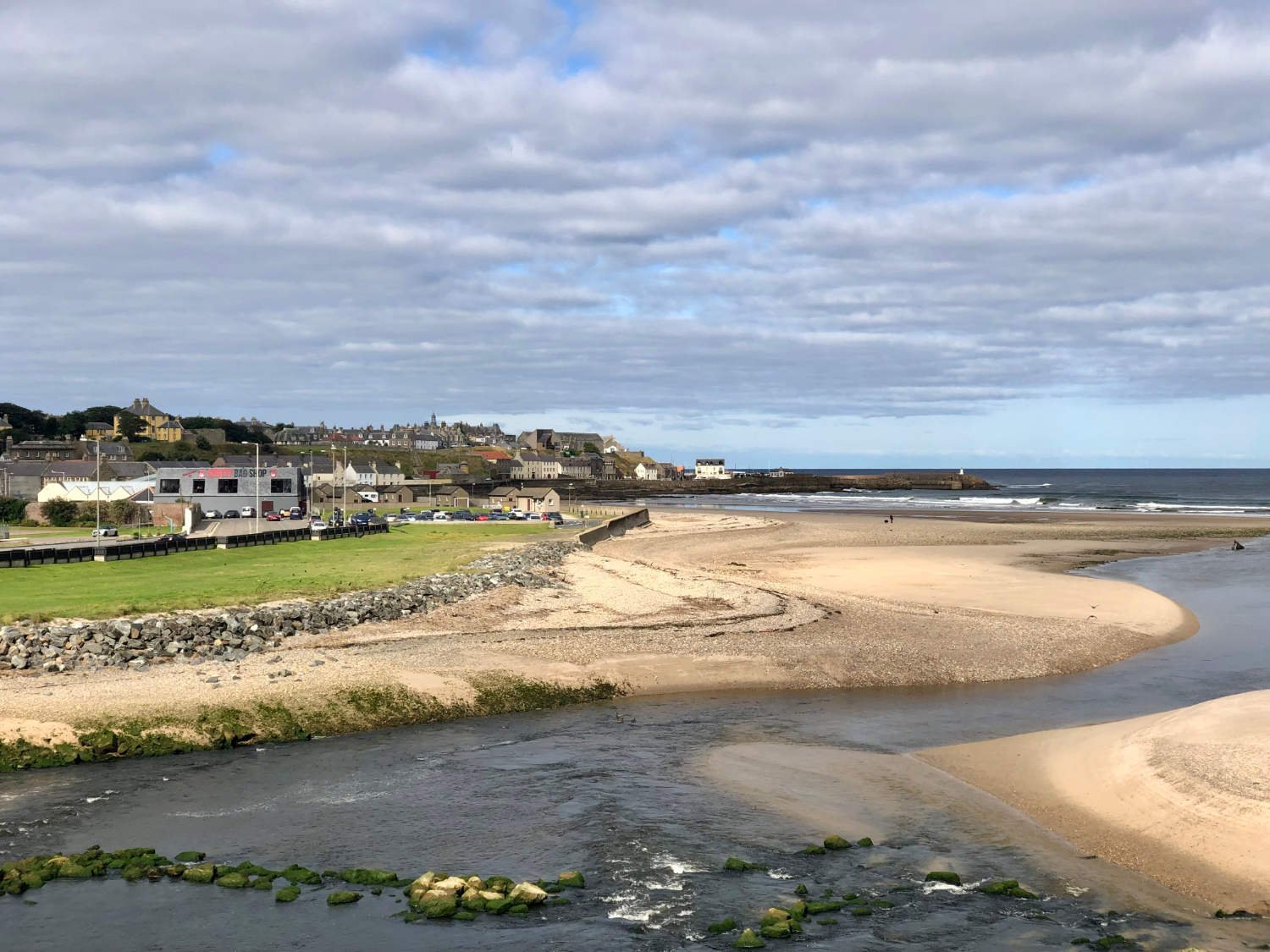

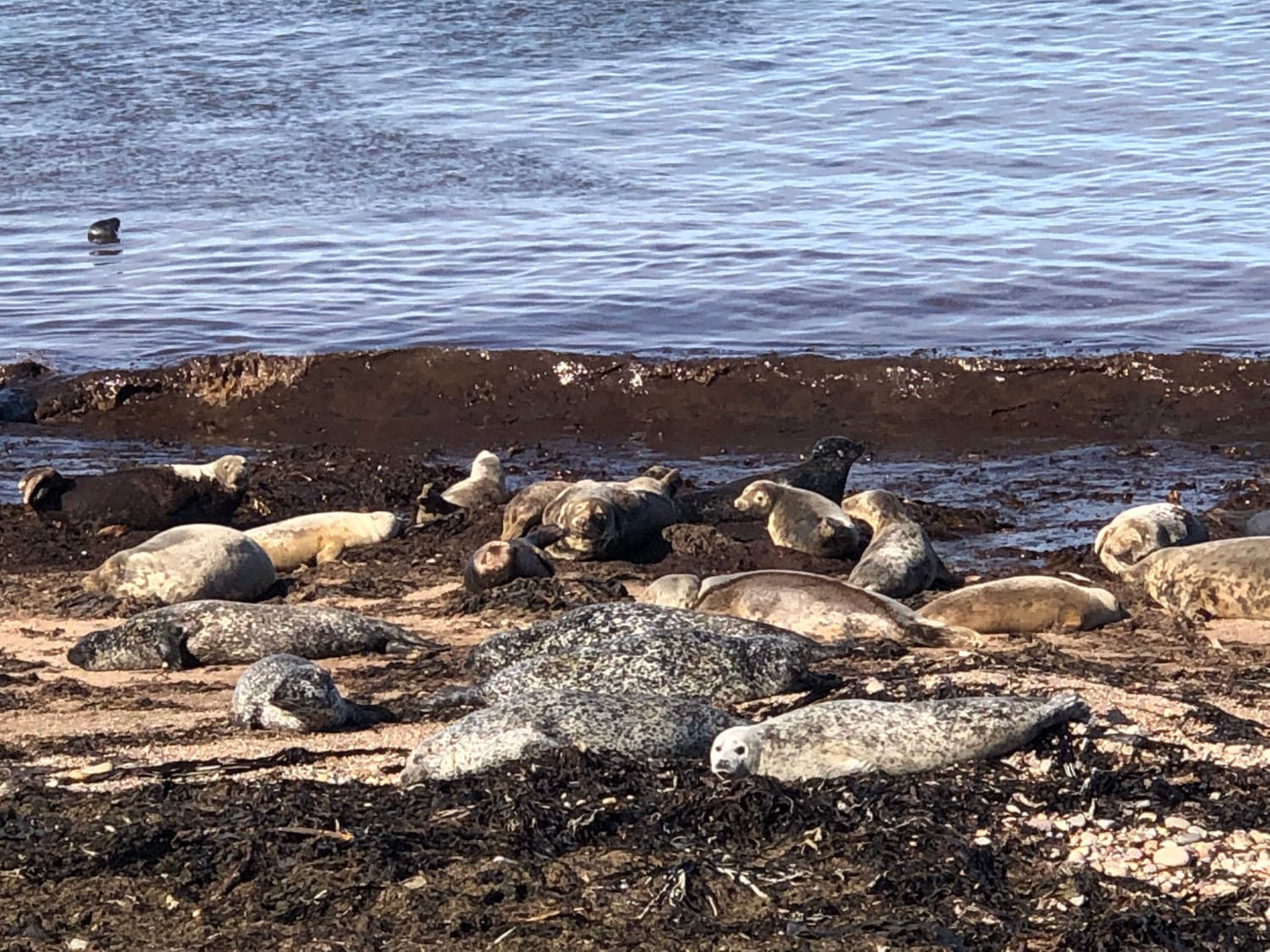
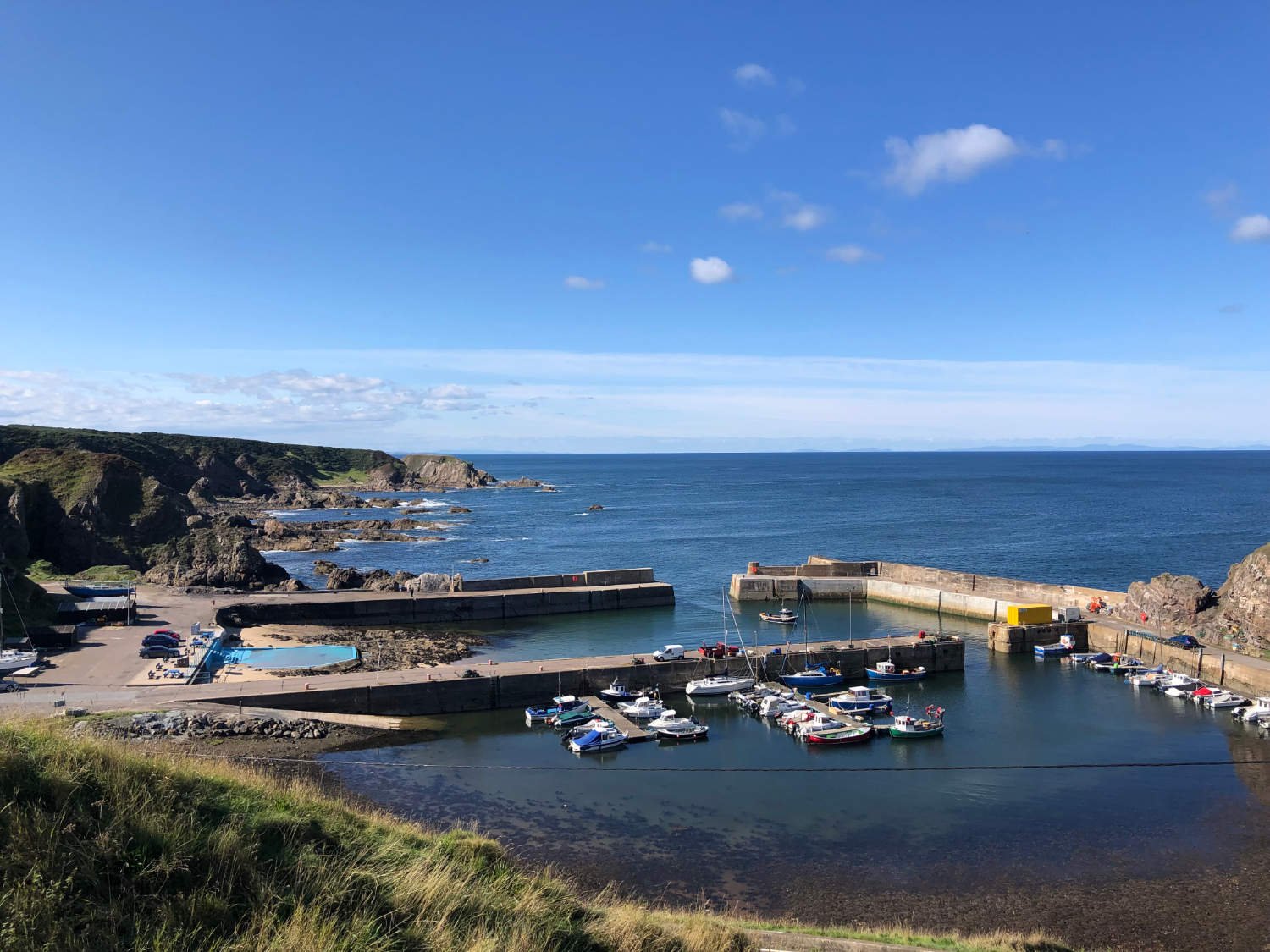
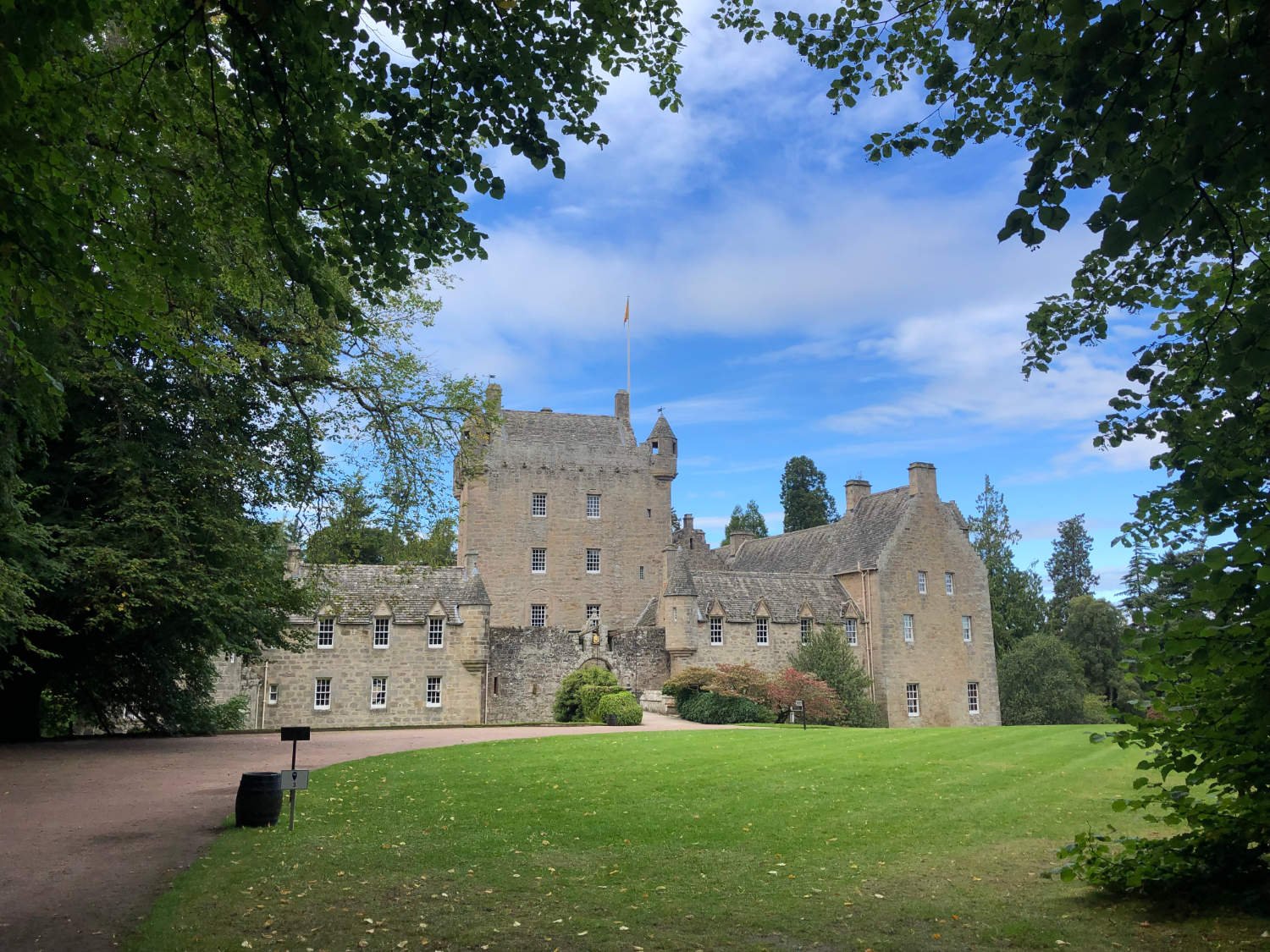
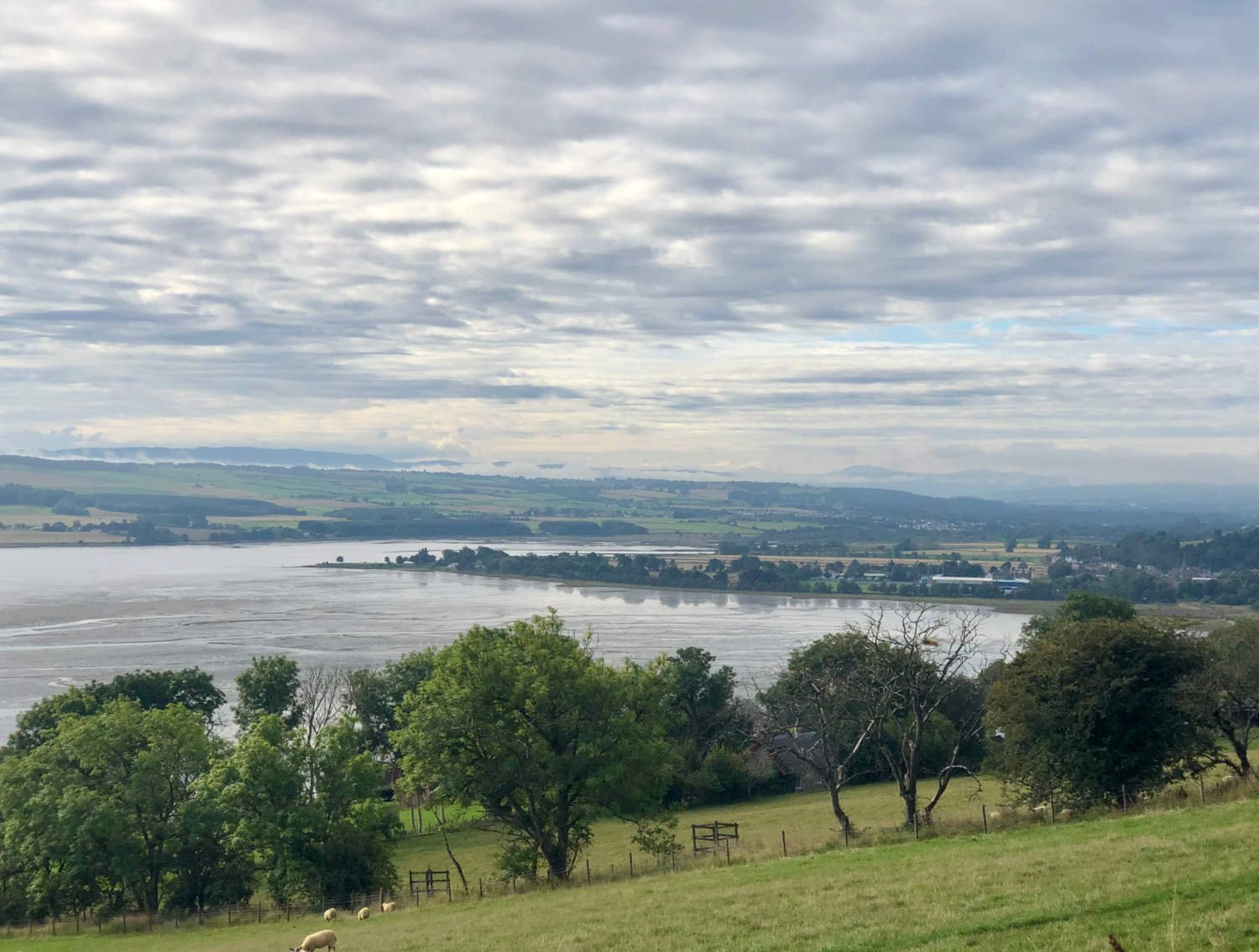
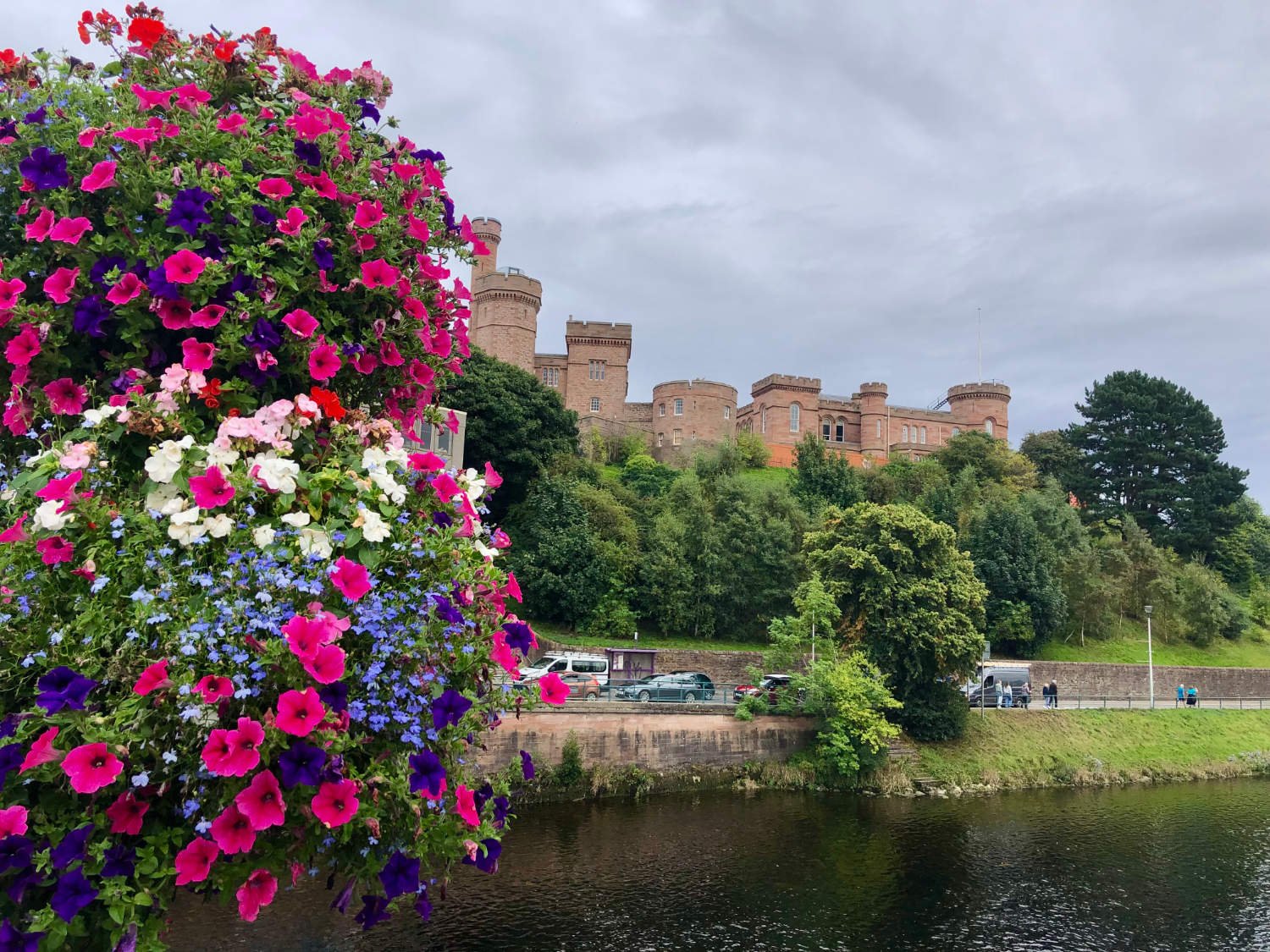

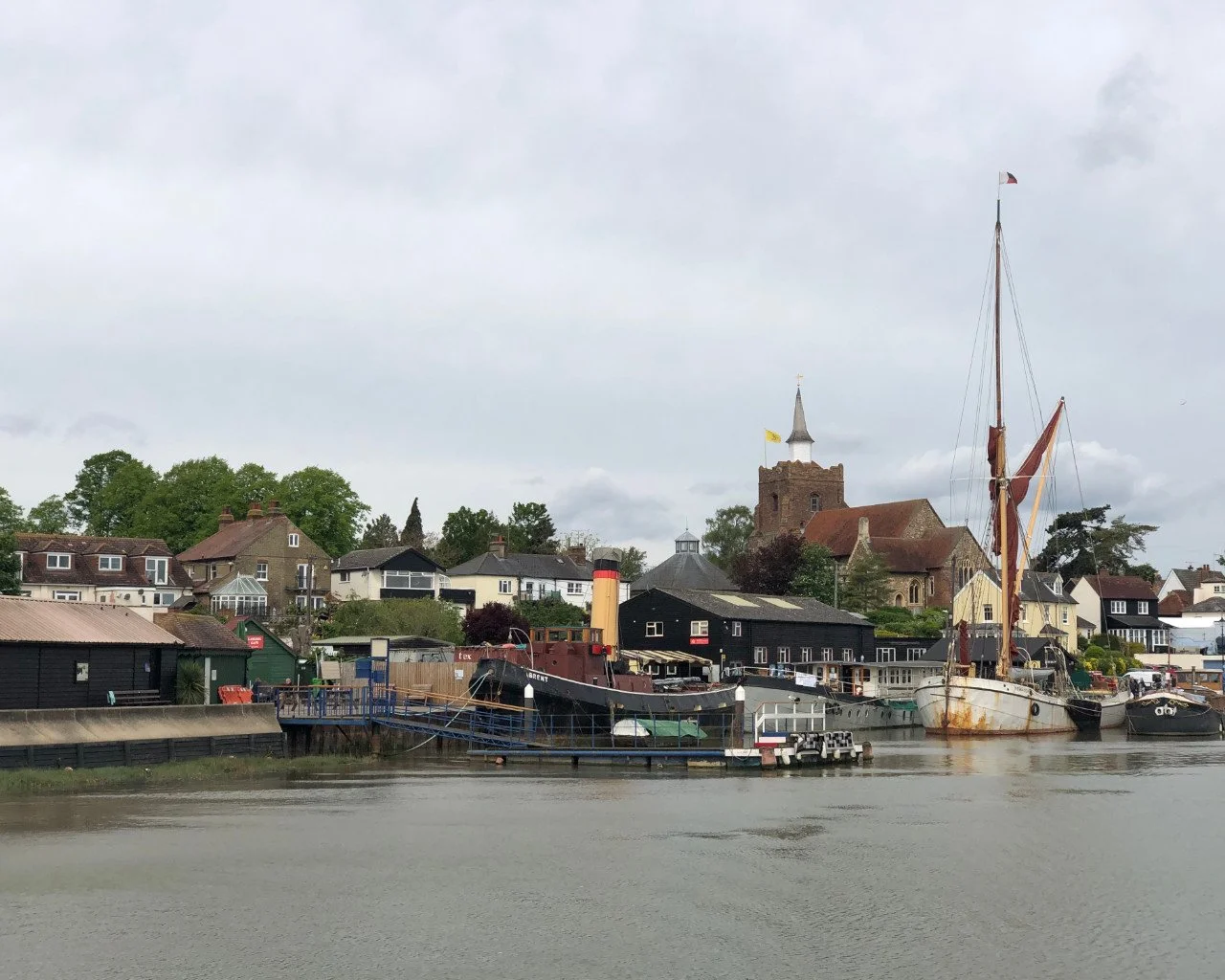

















124km Stage 1